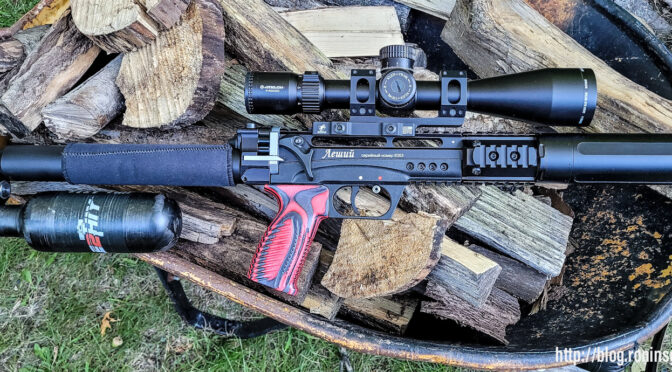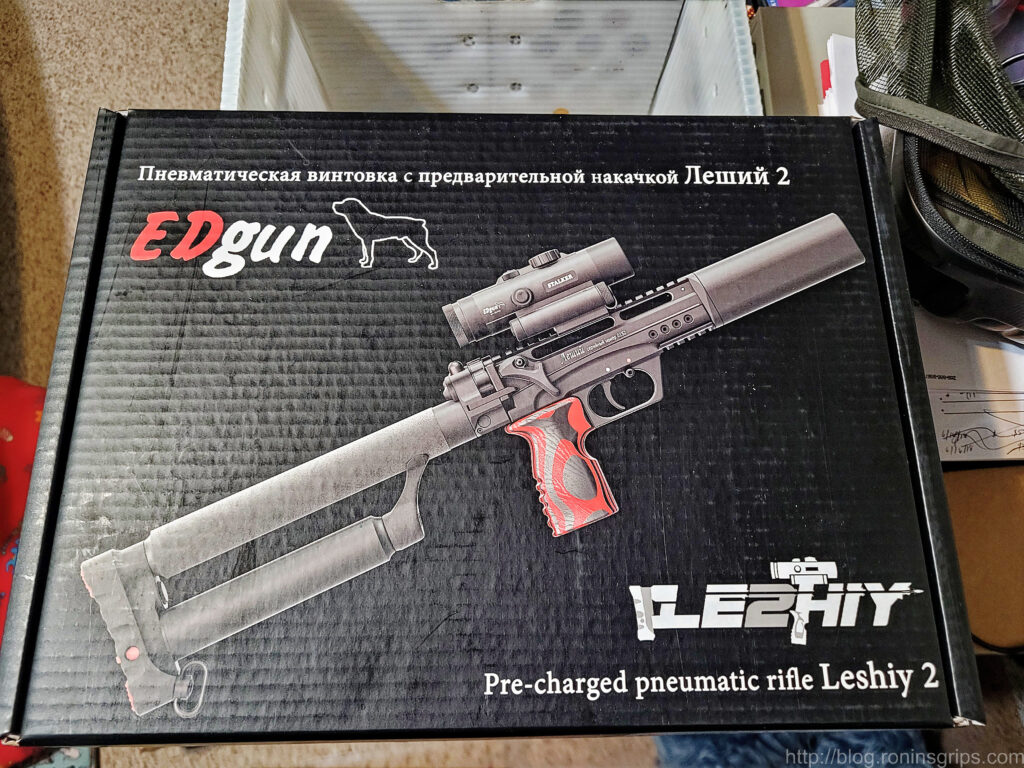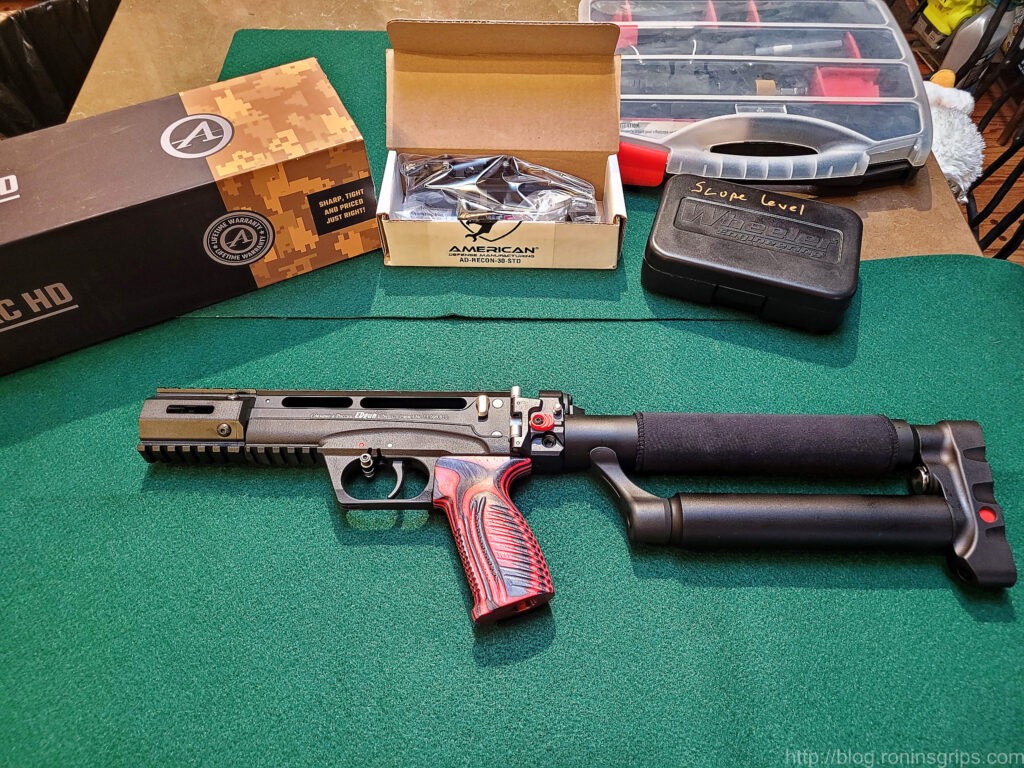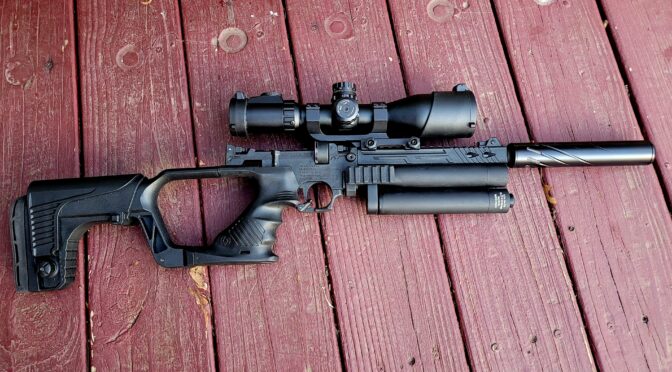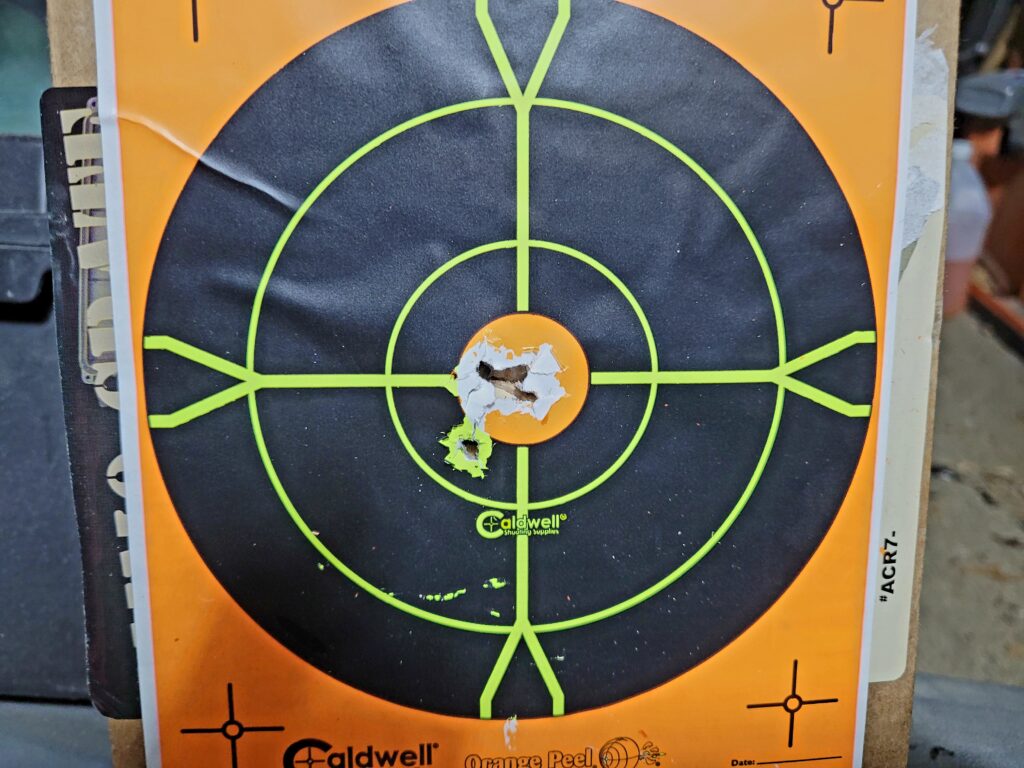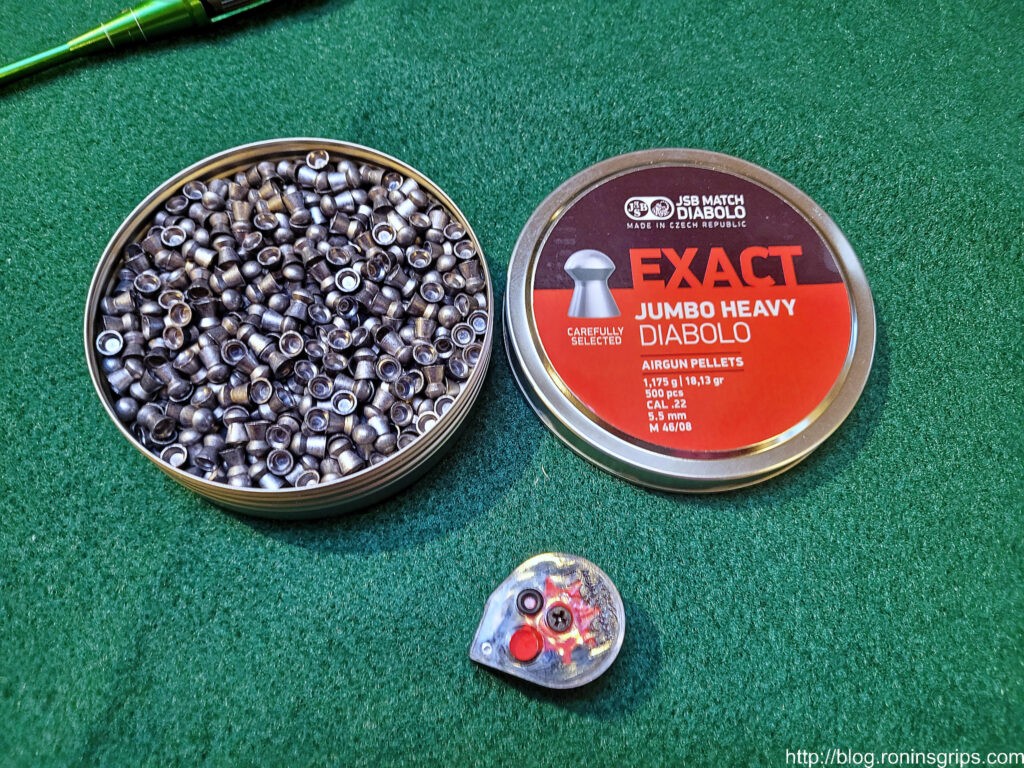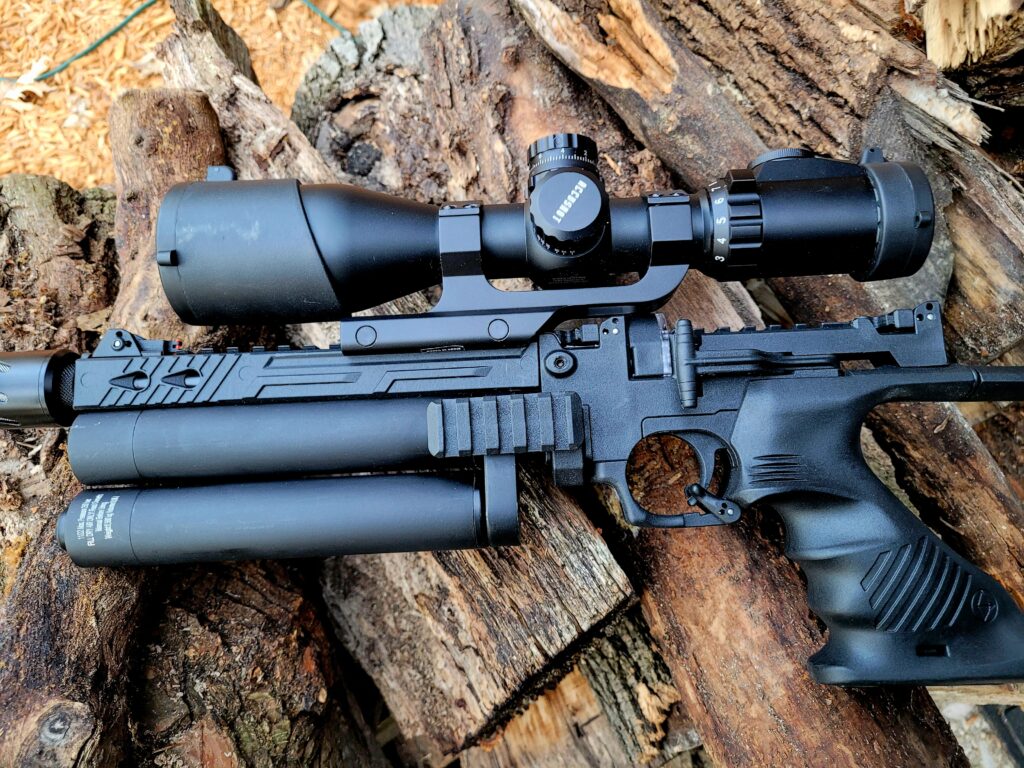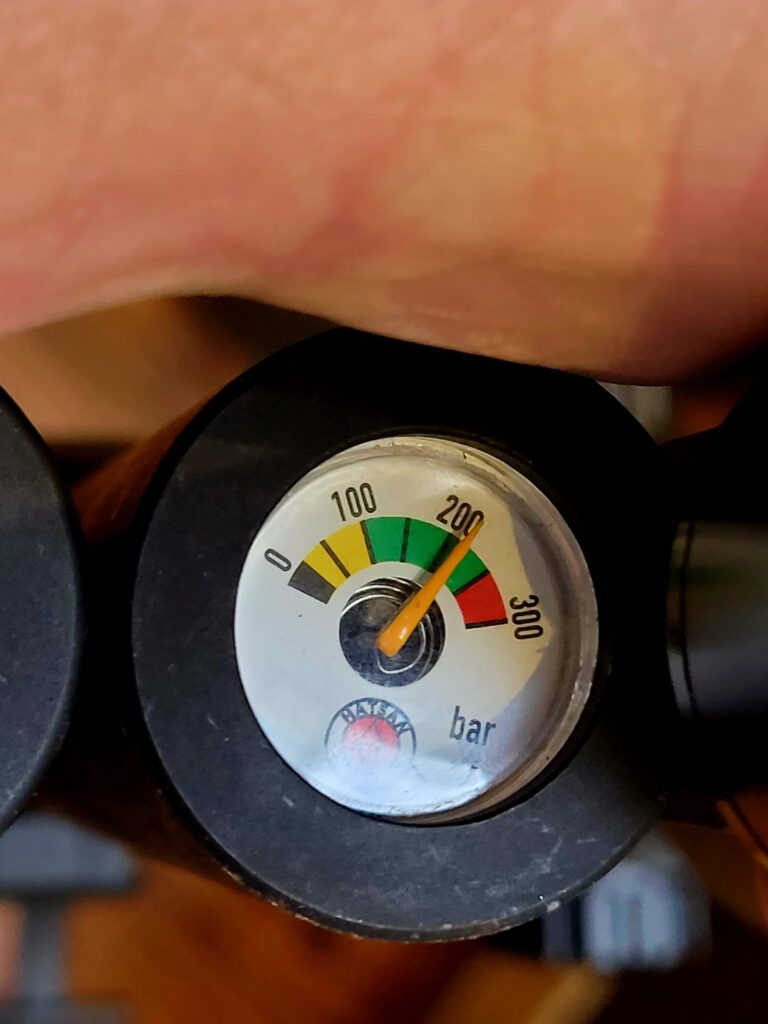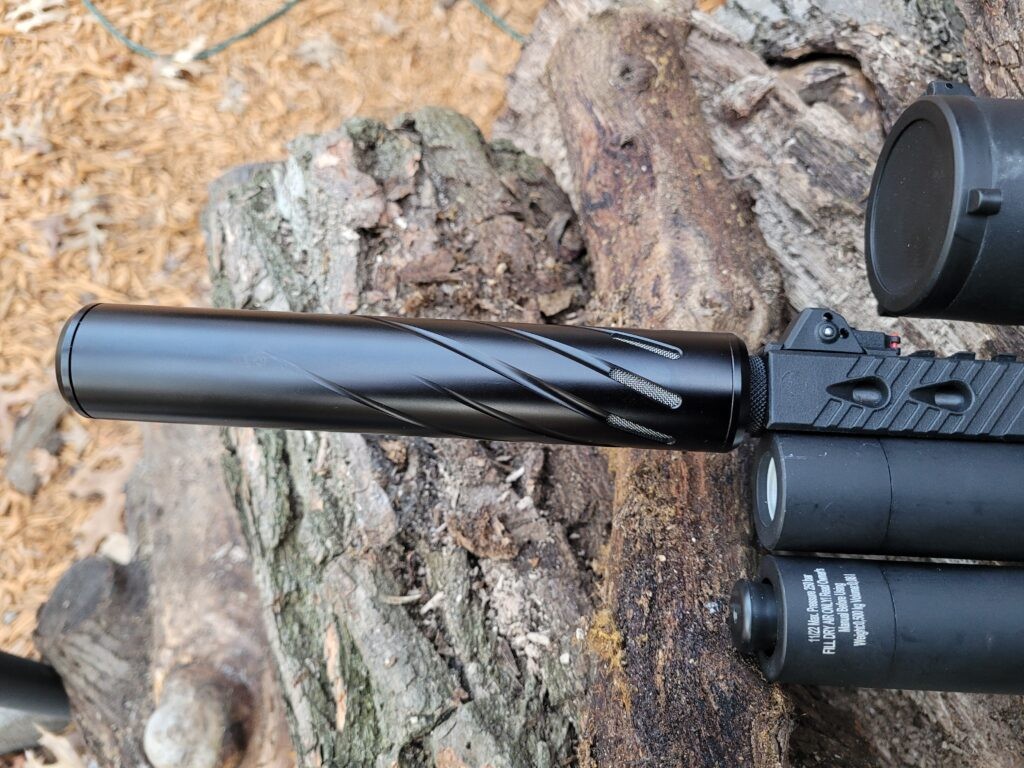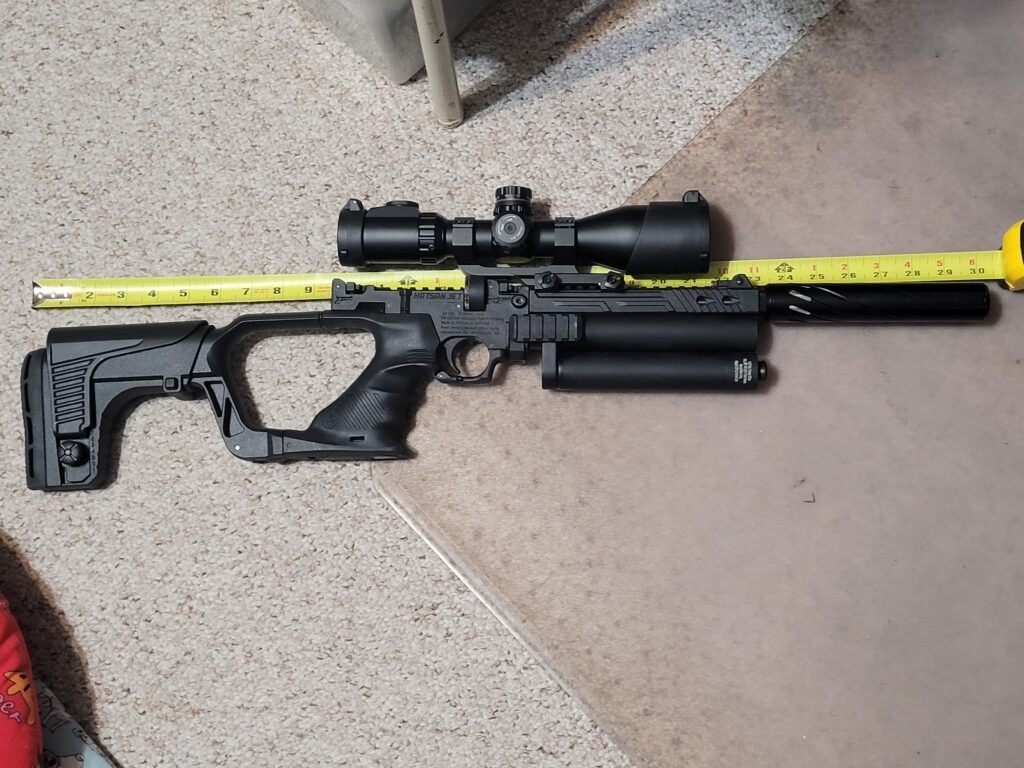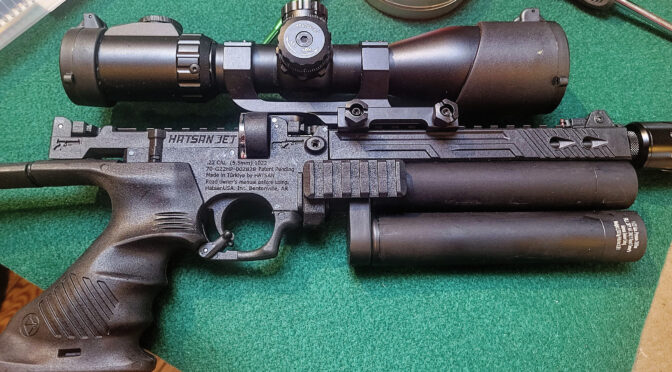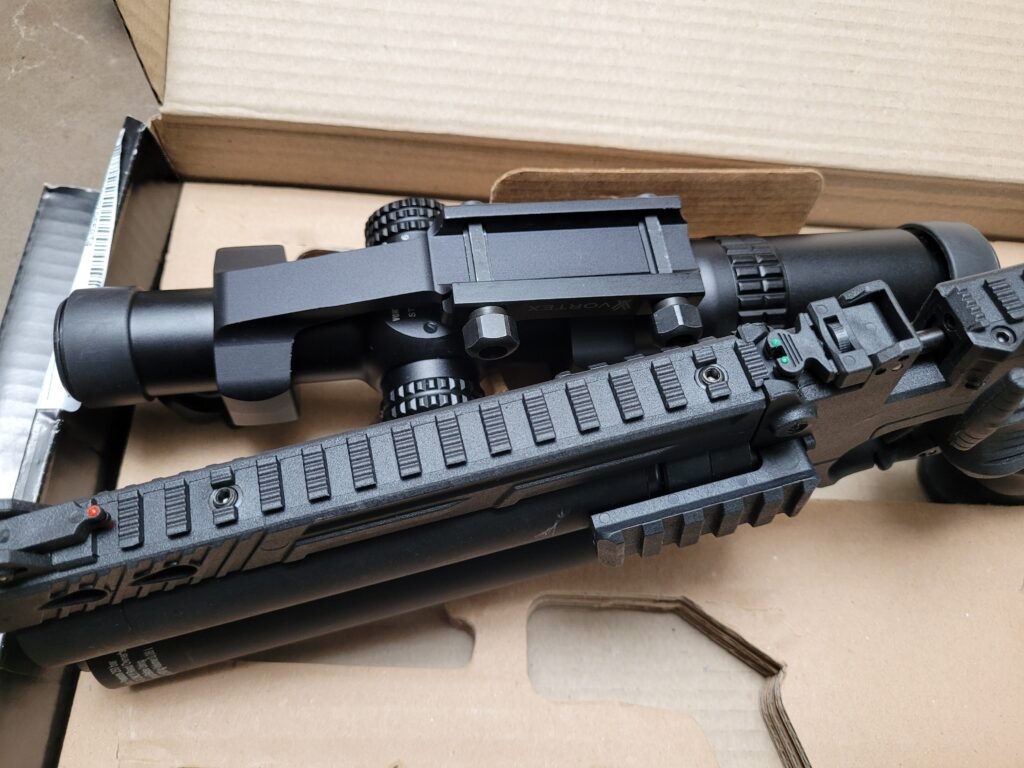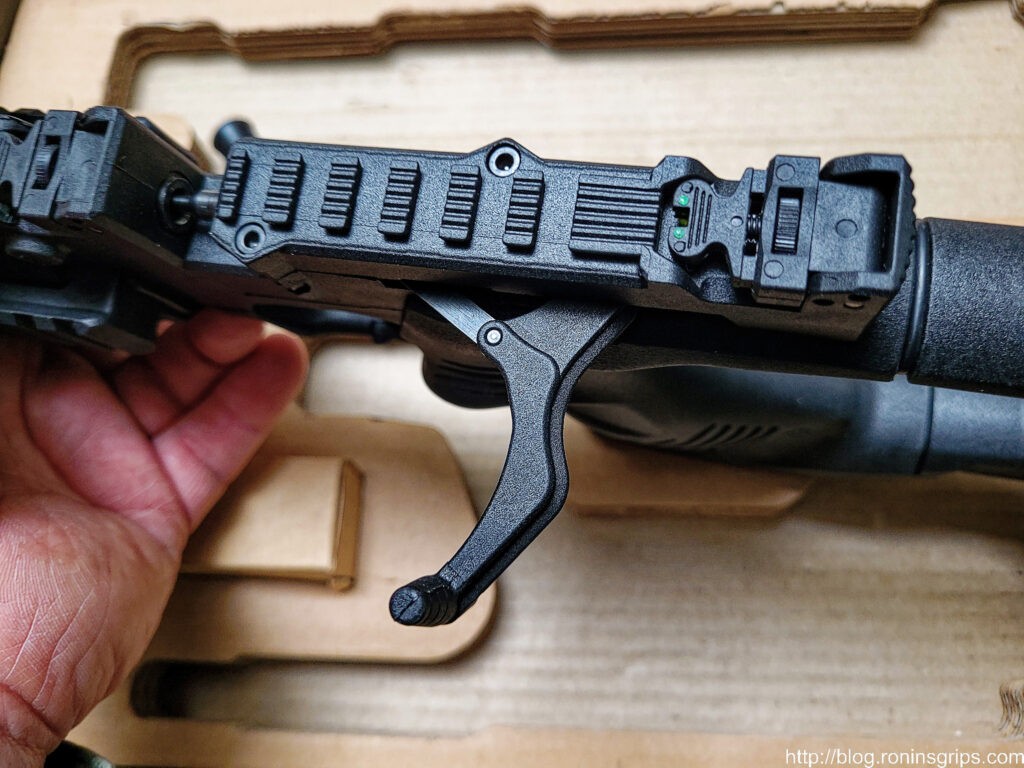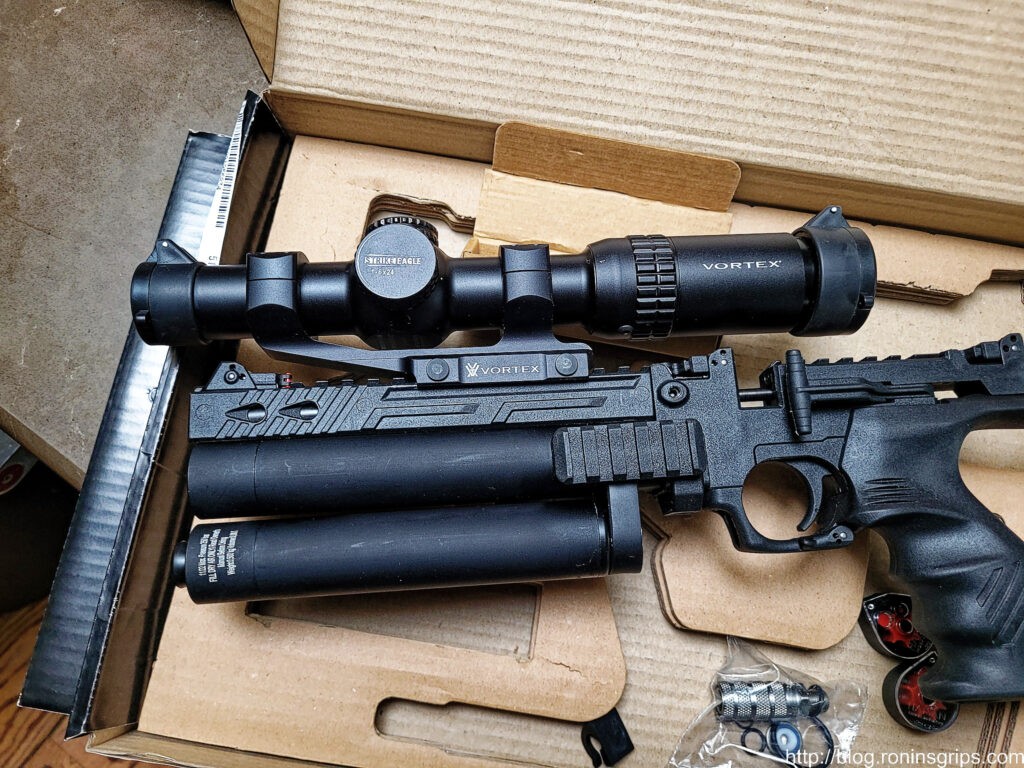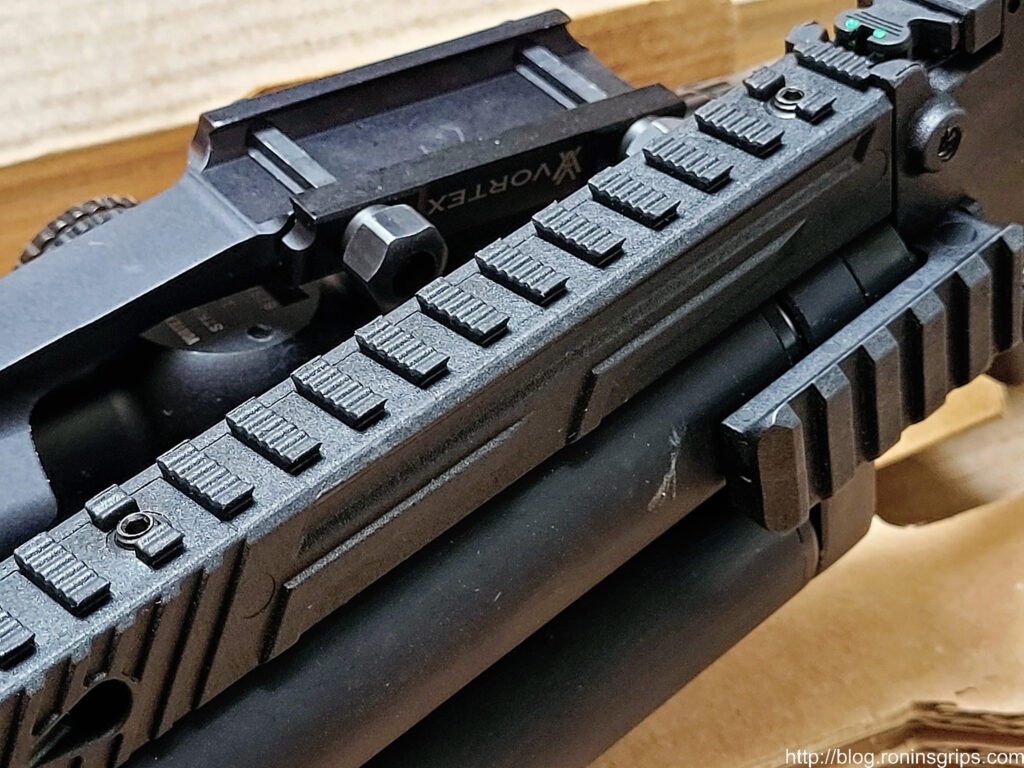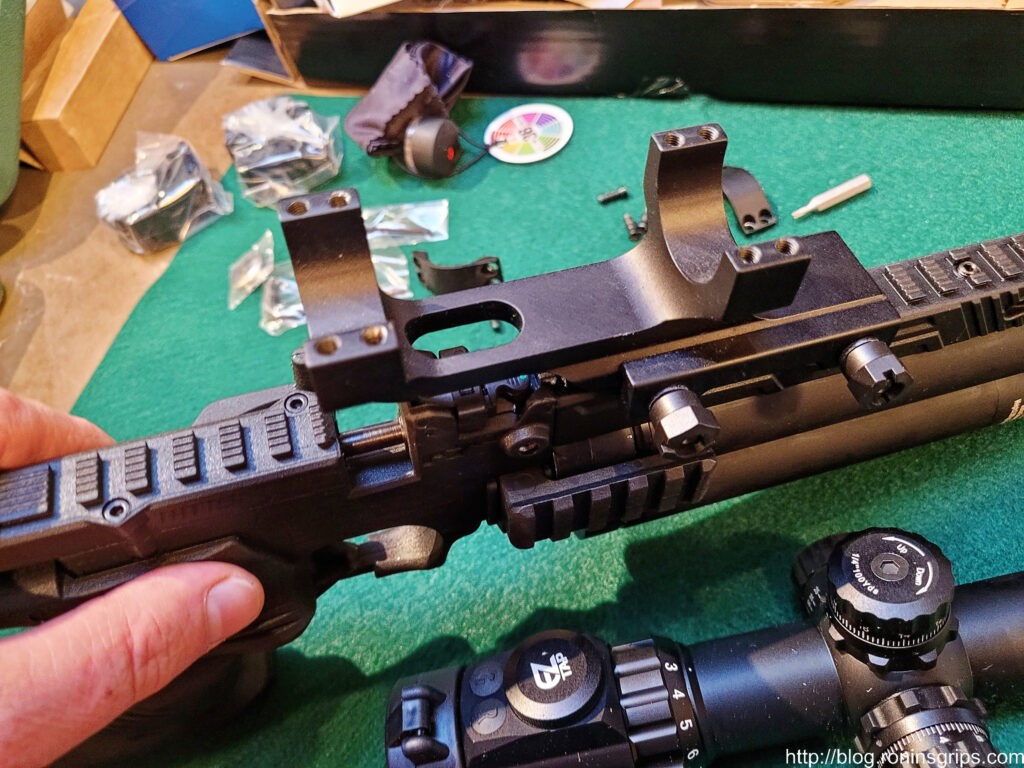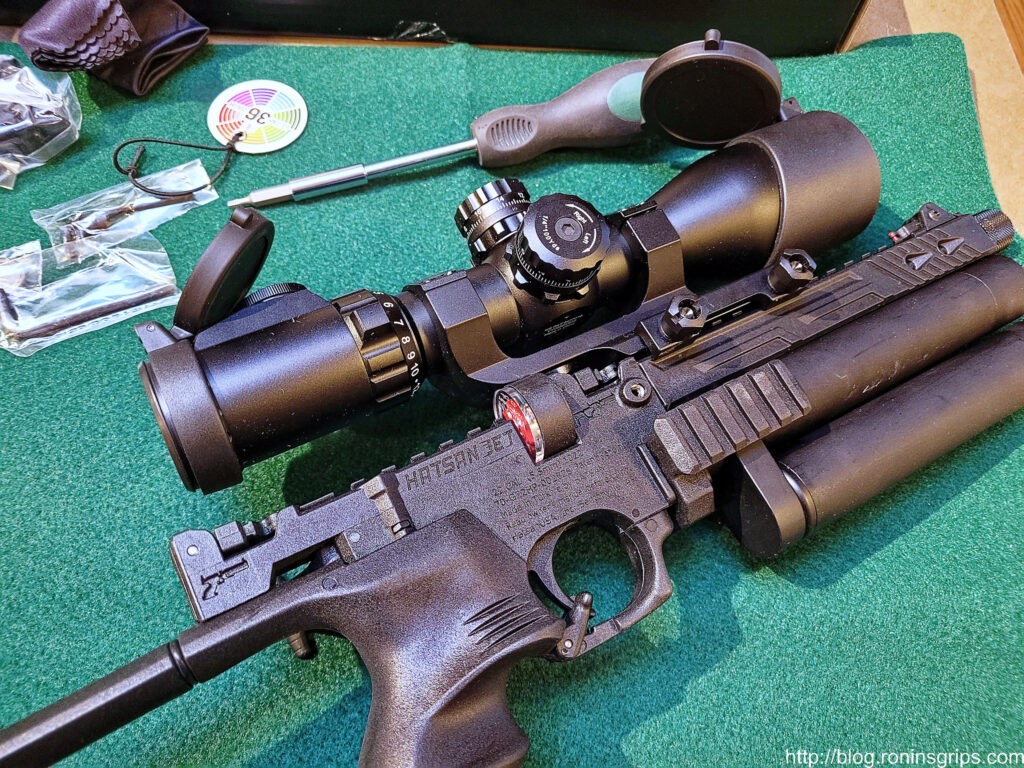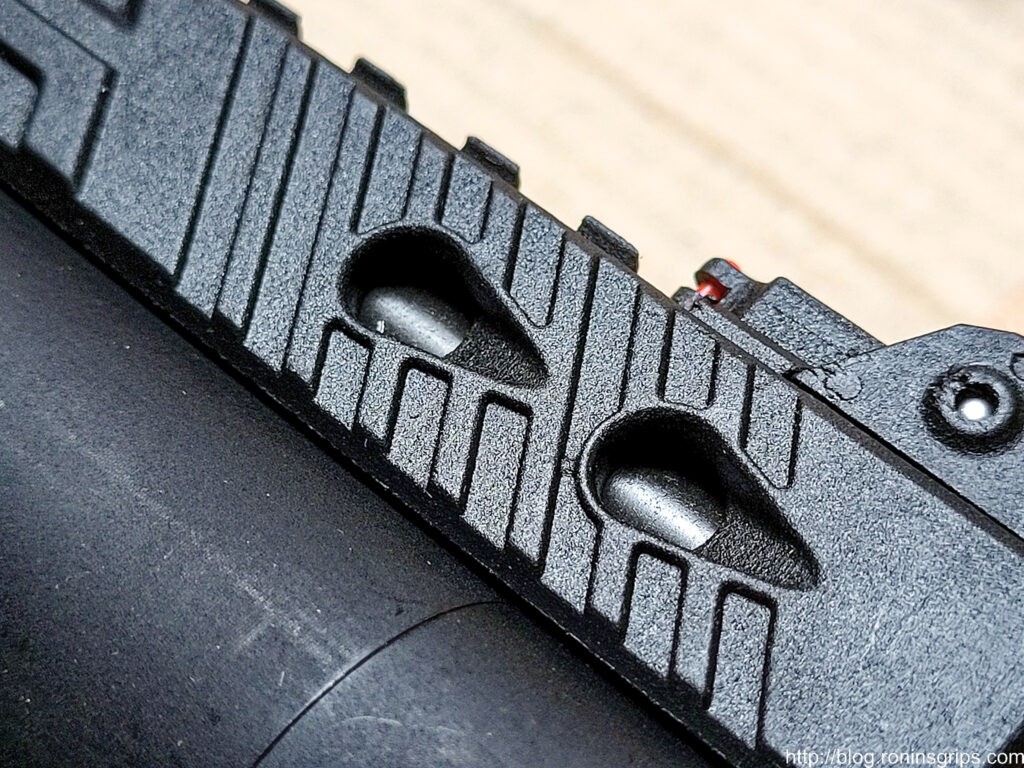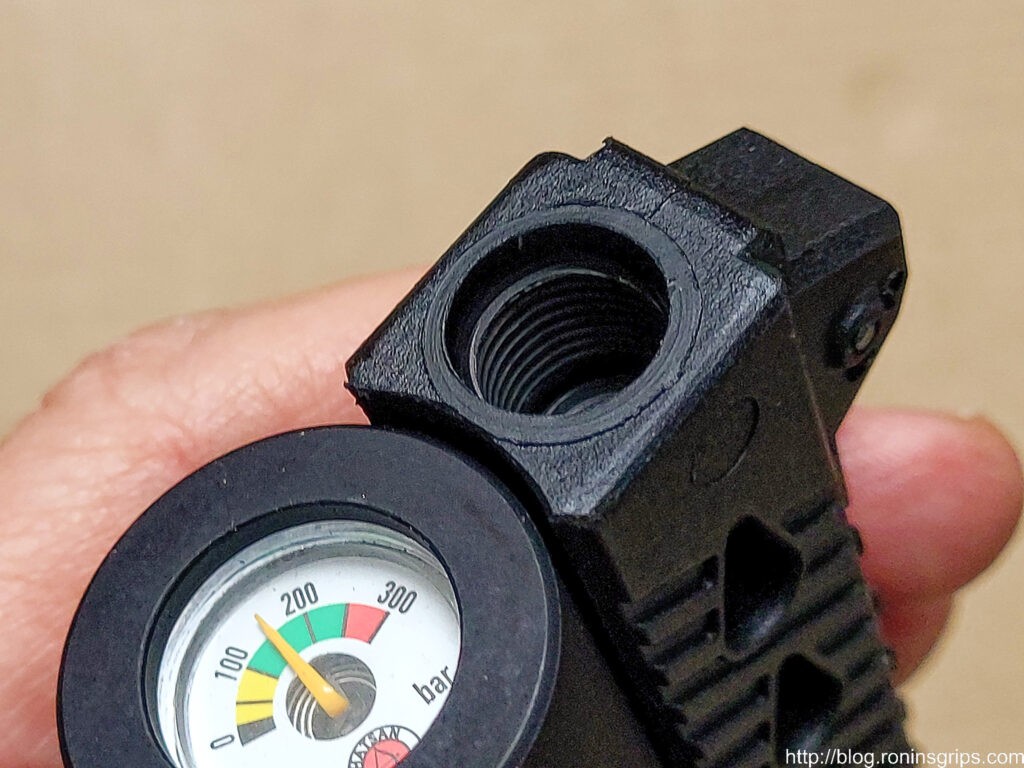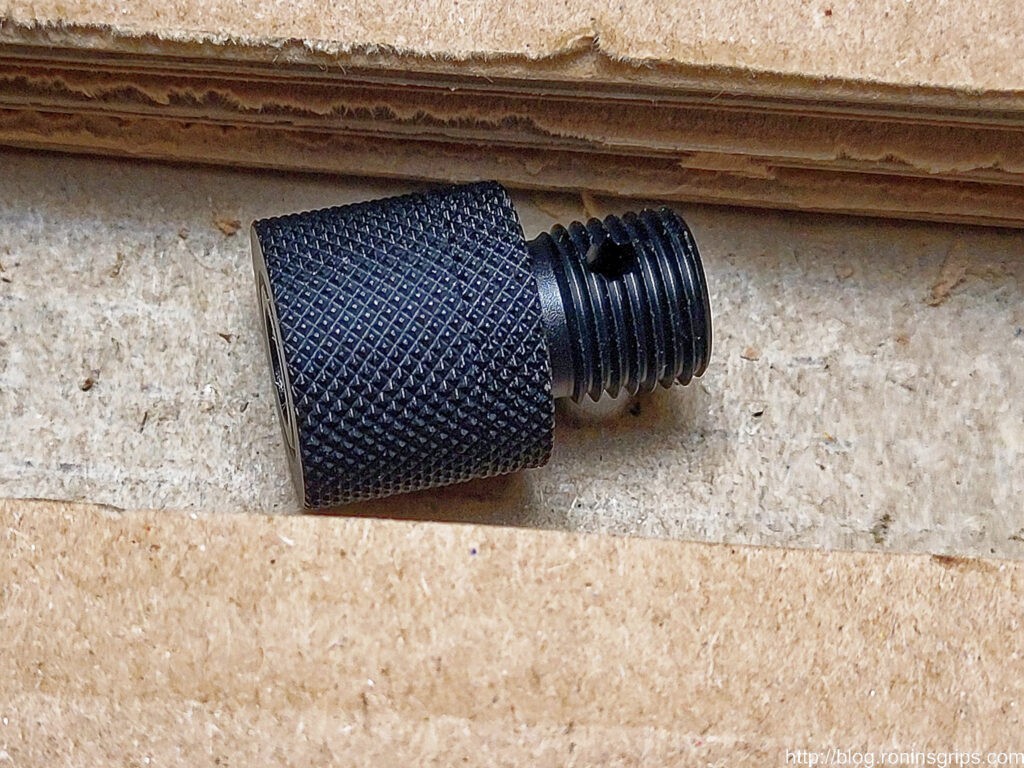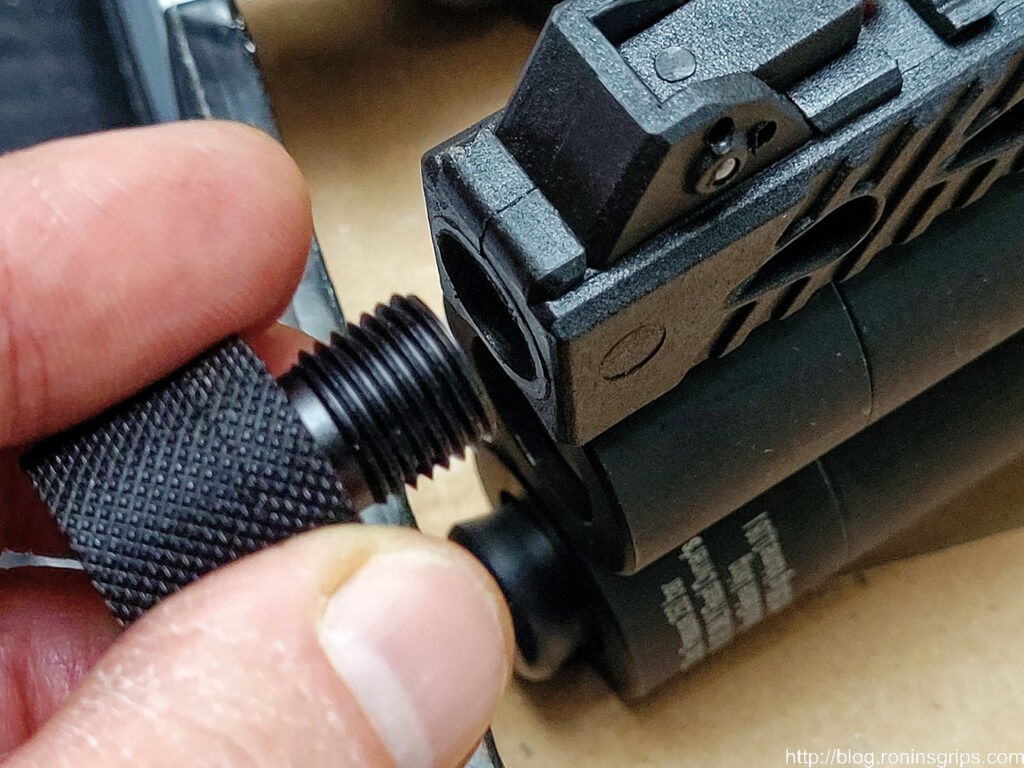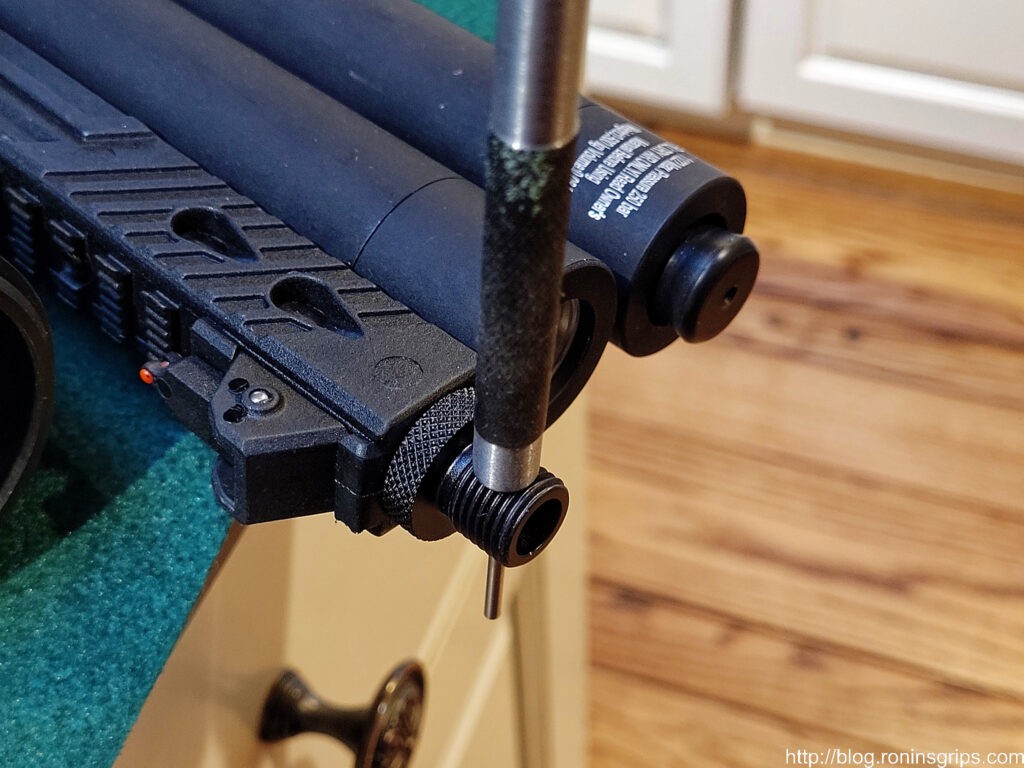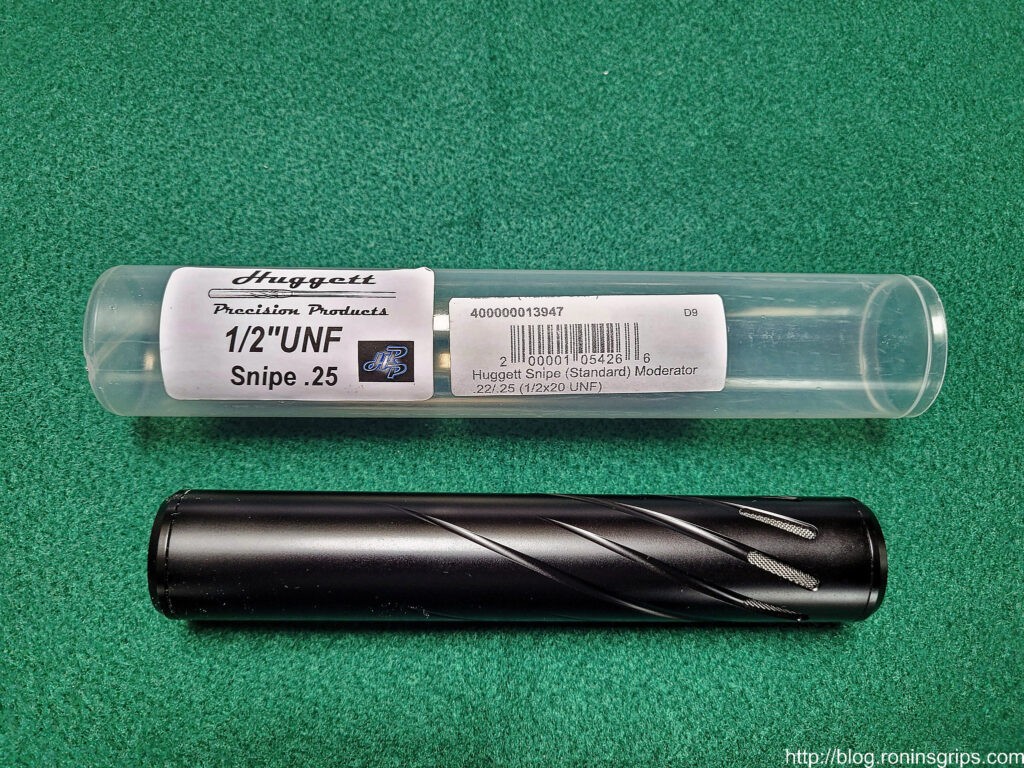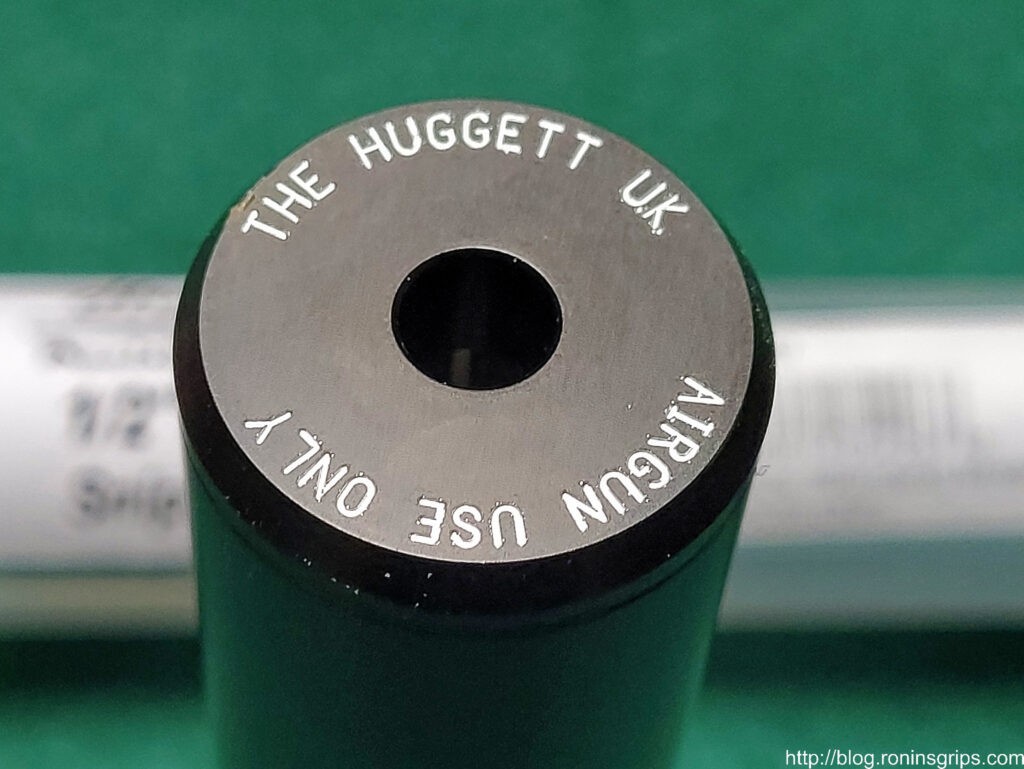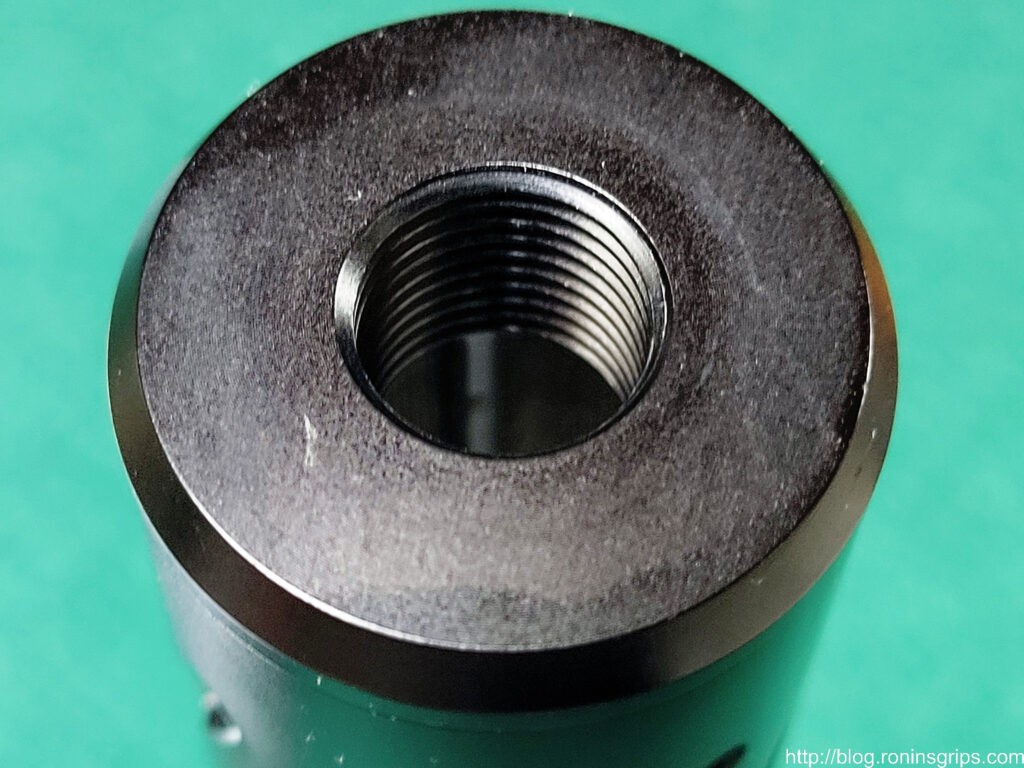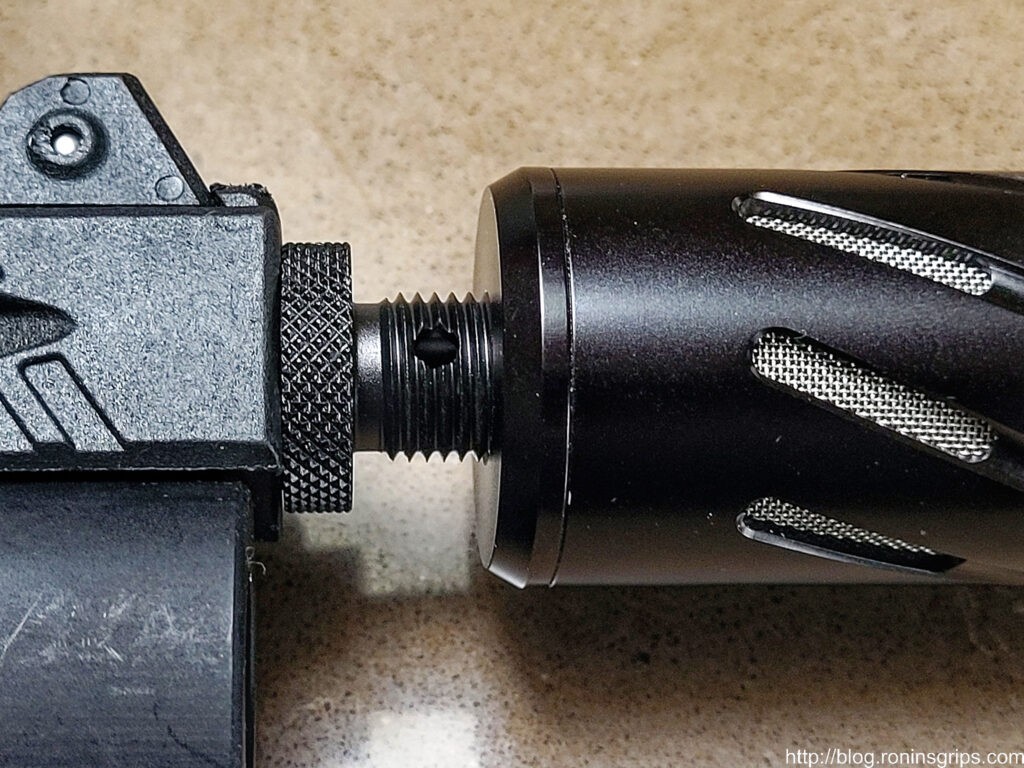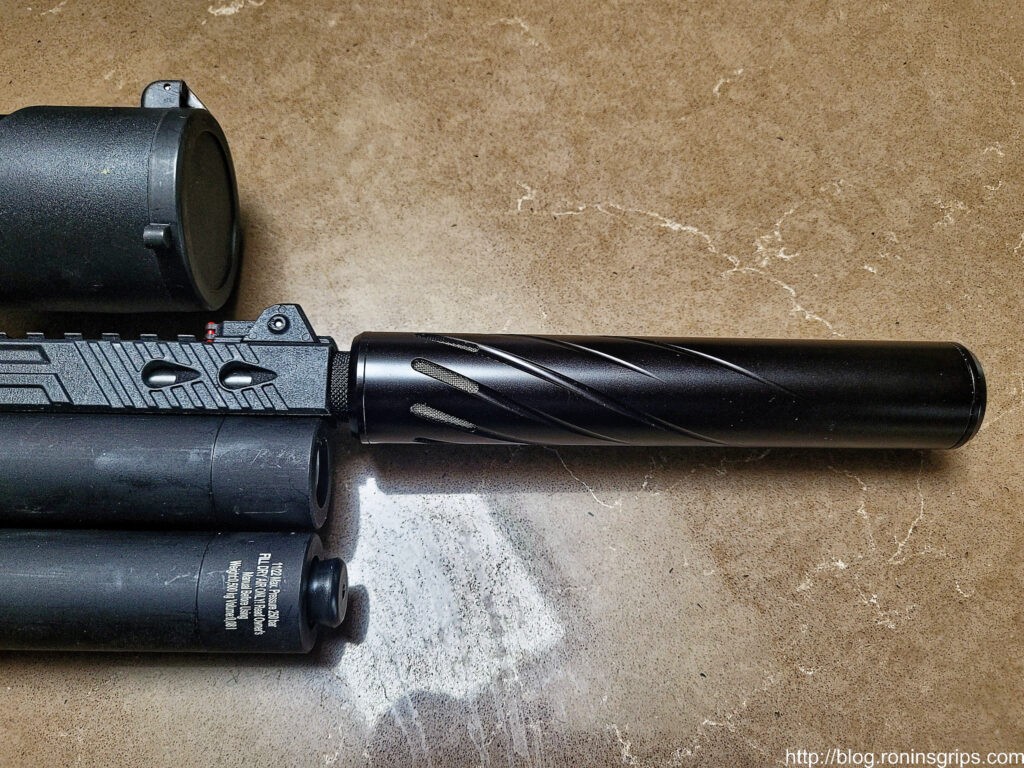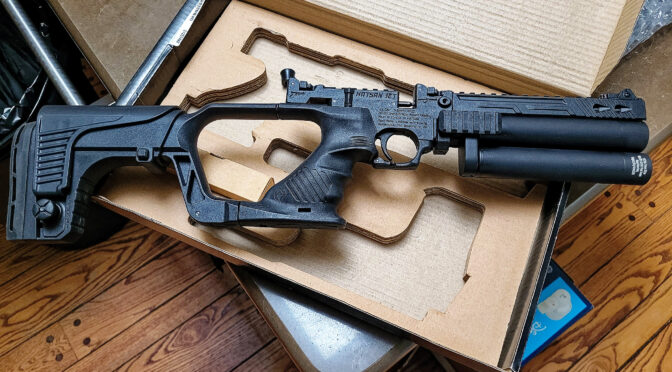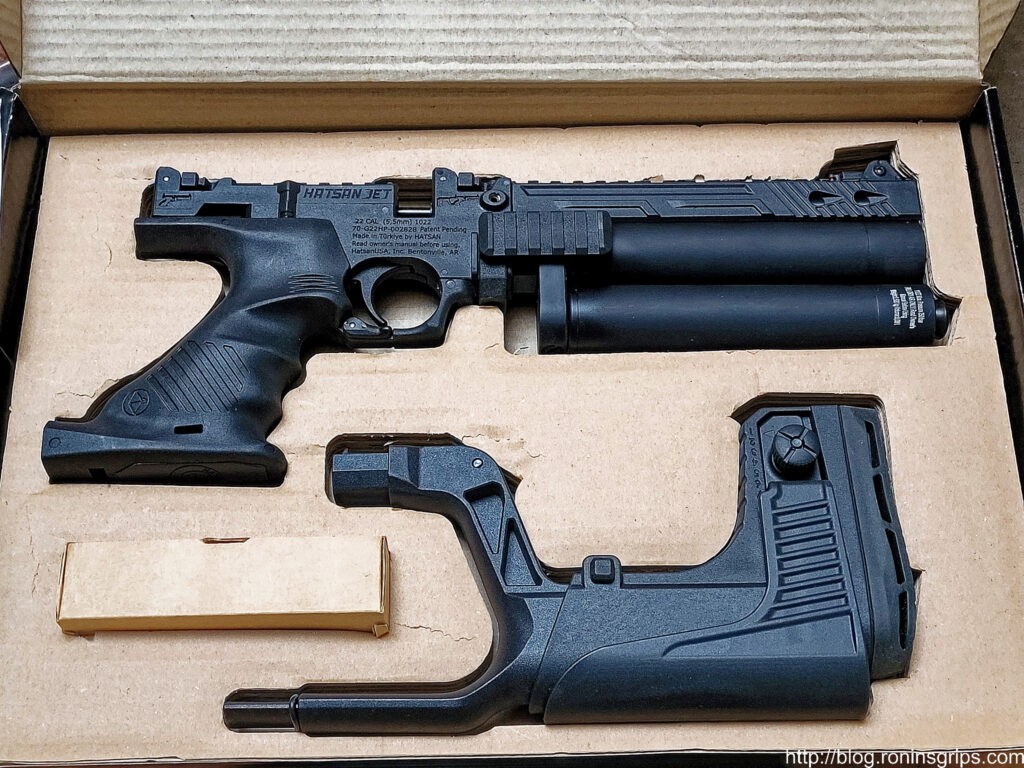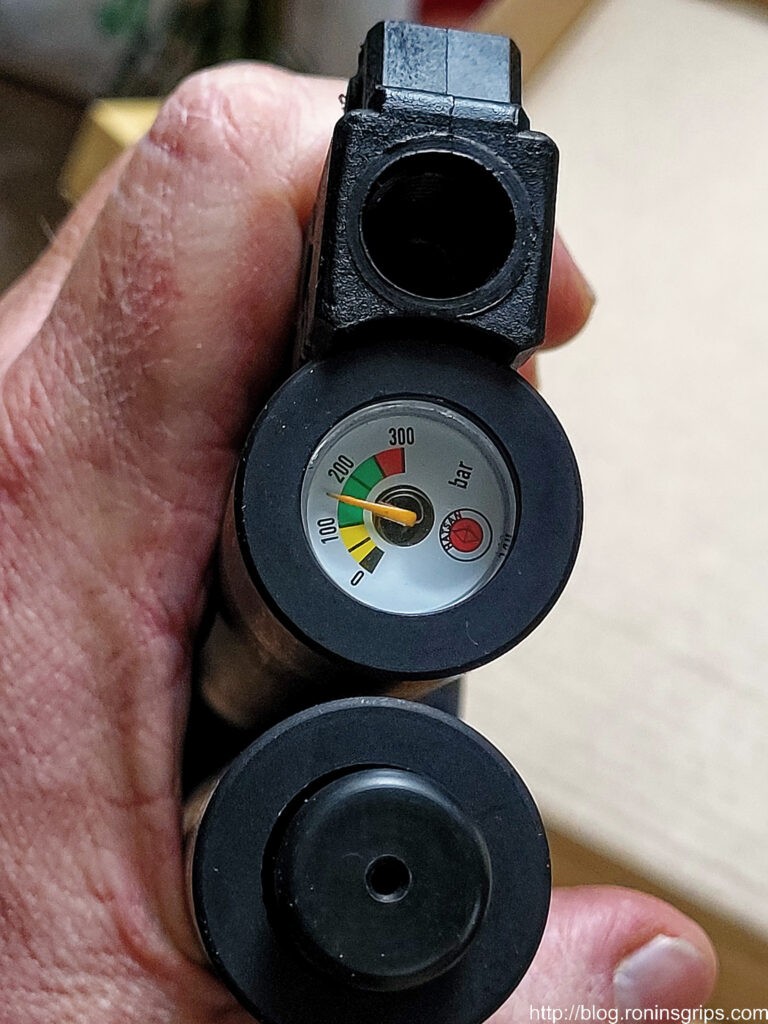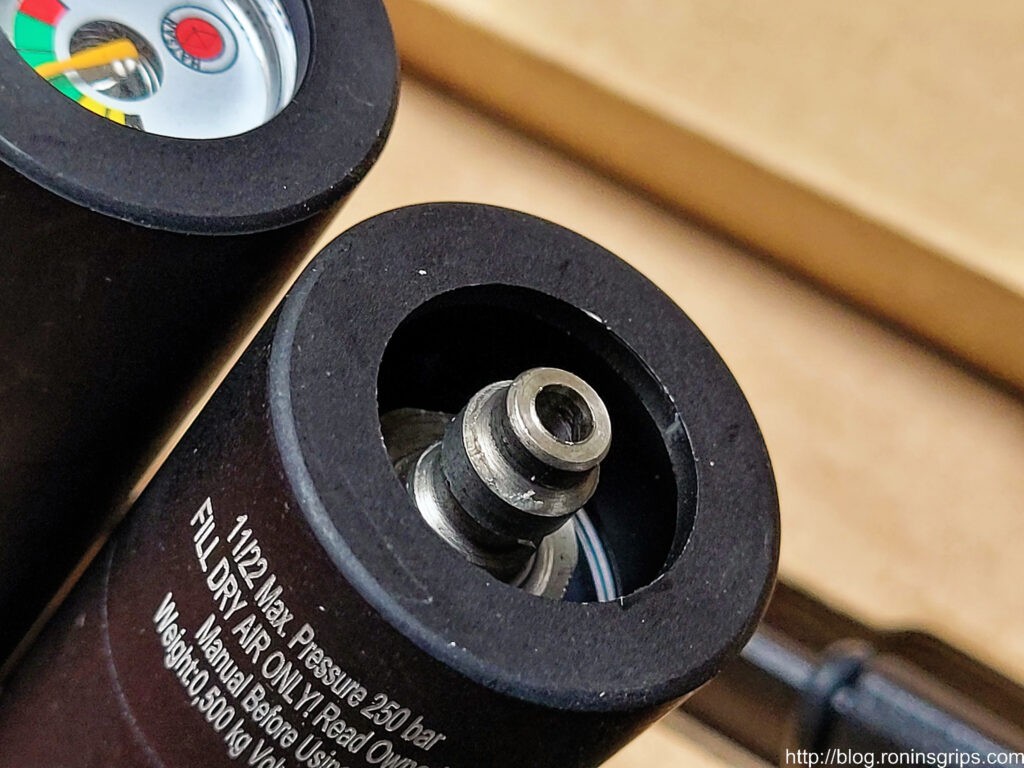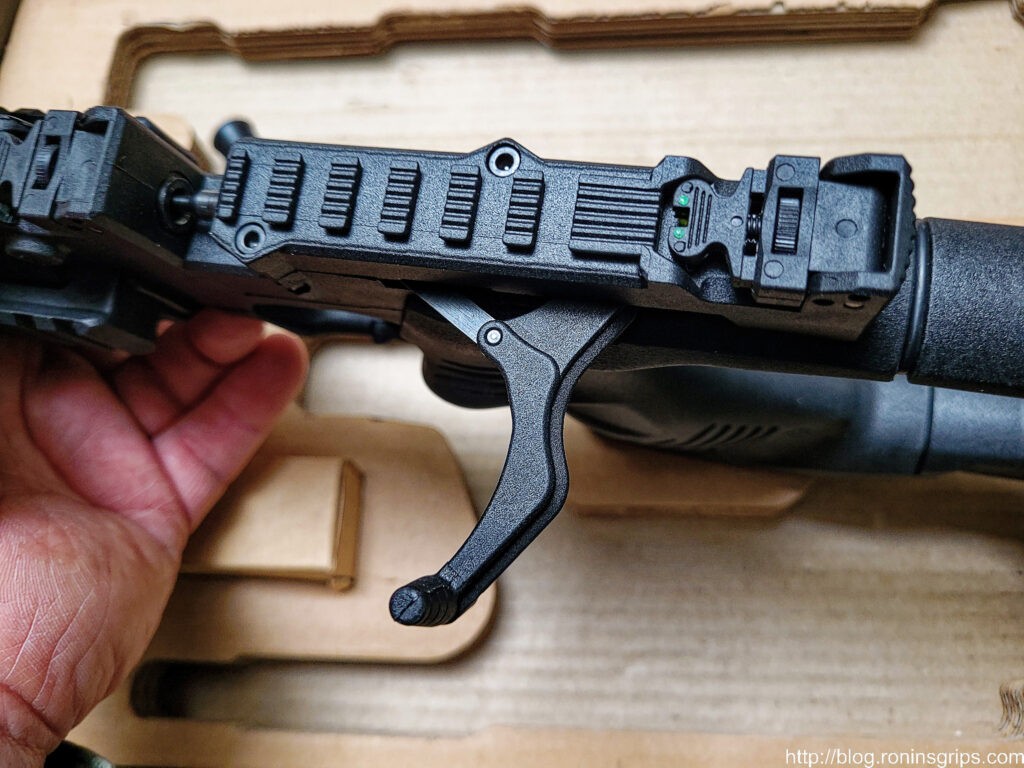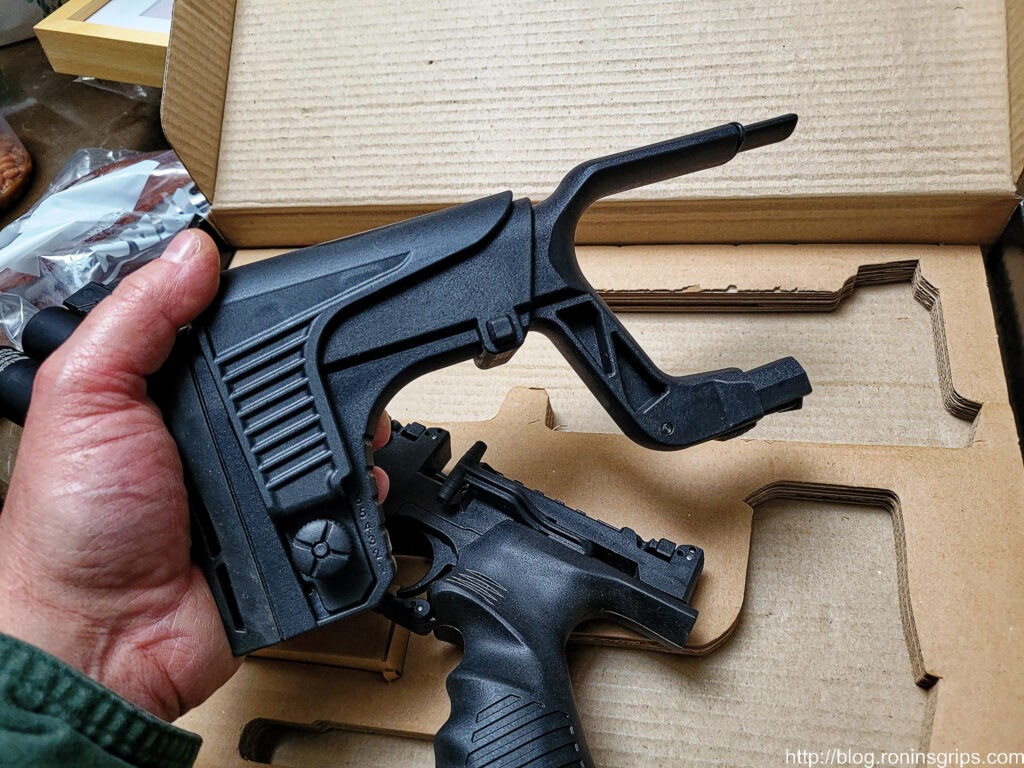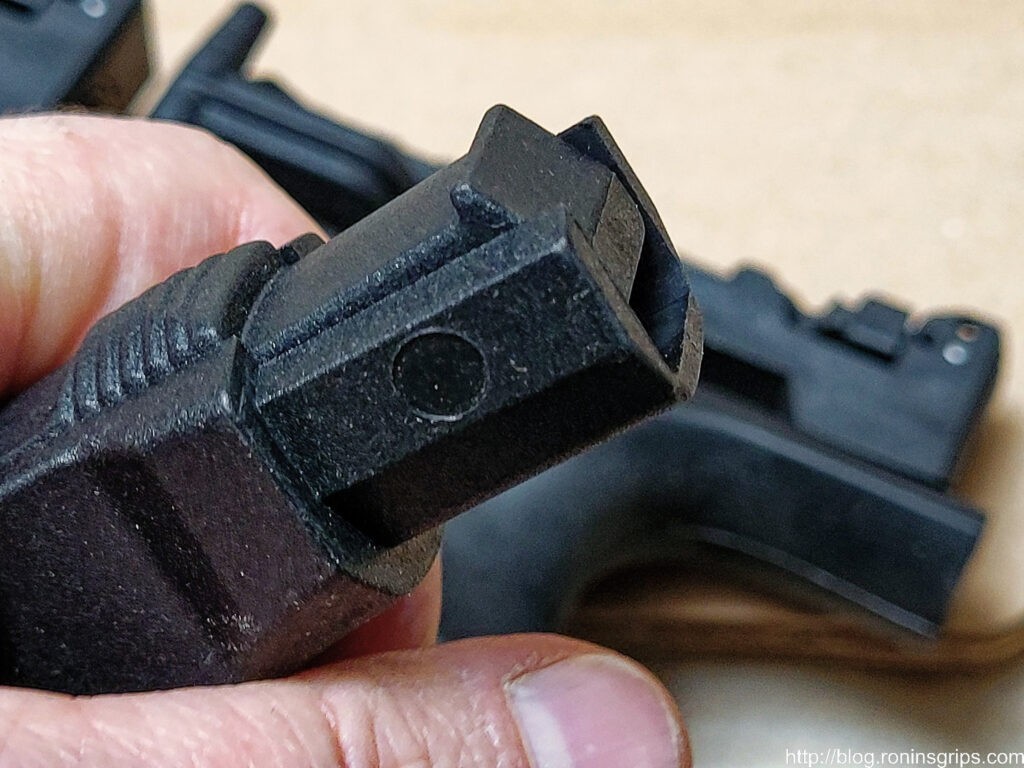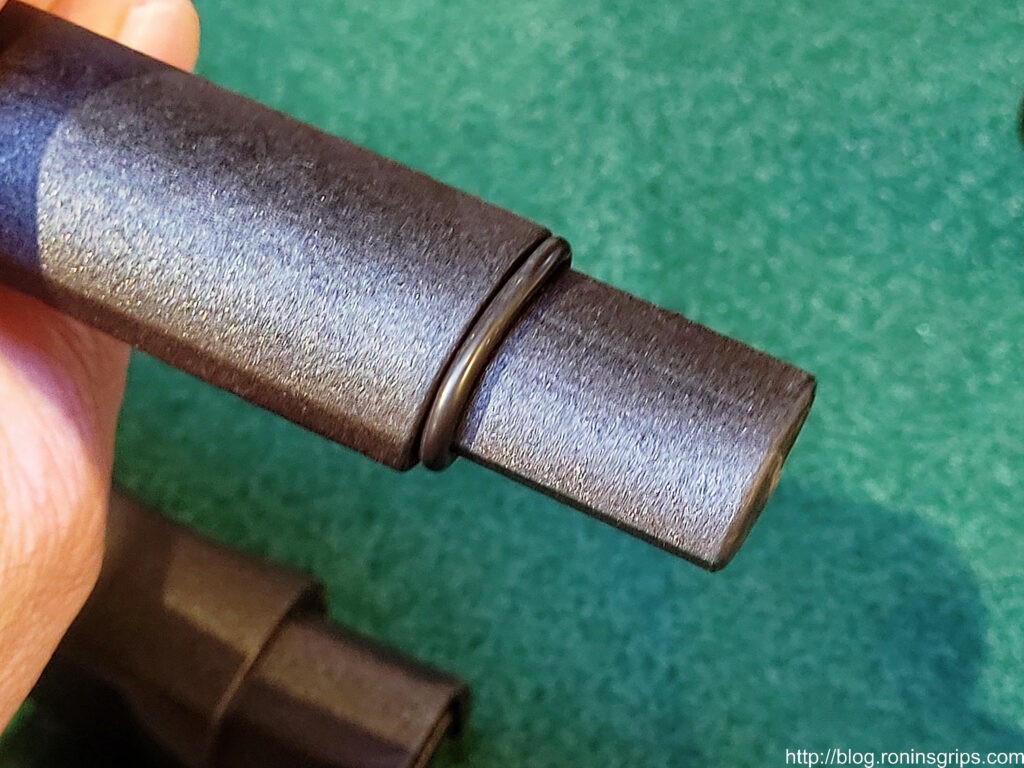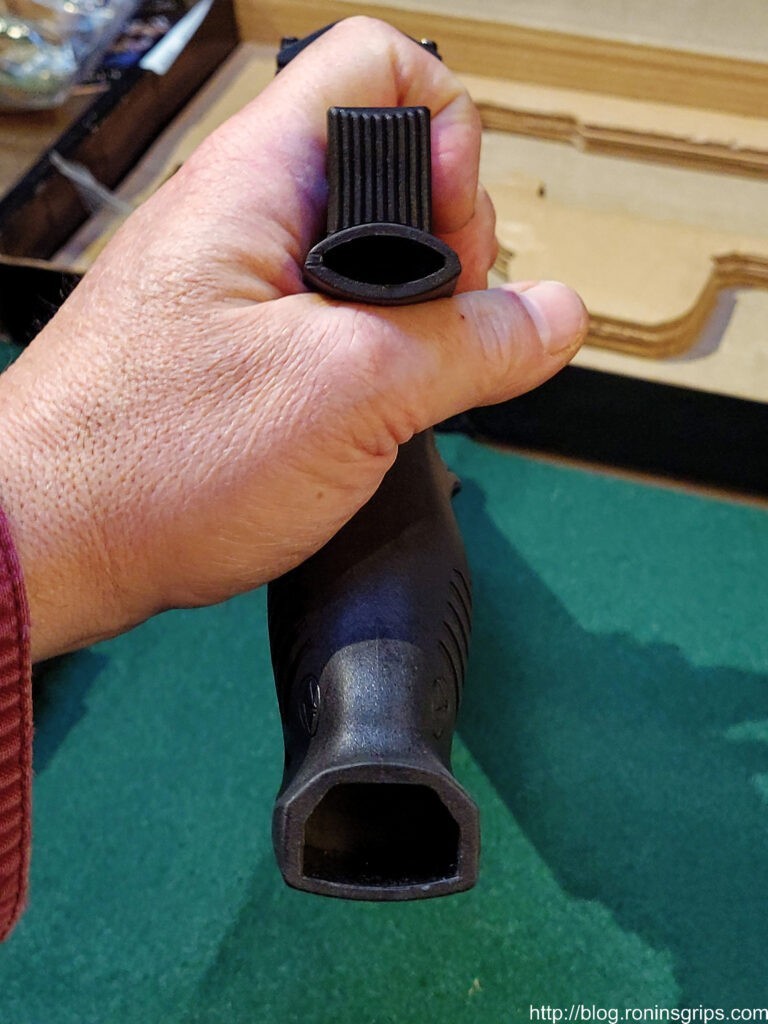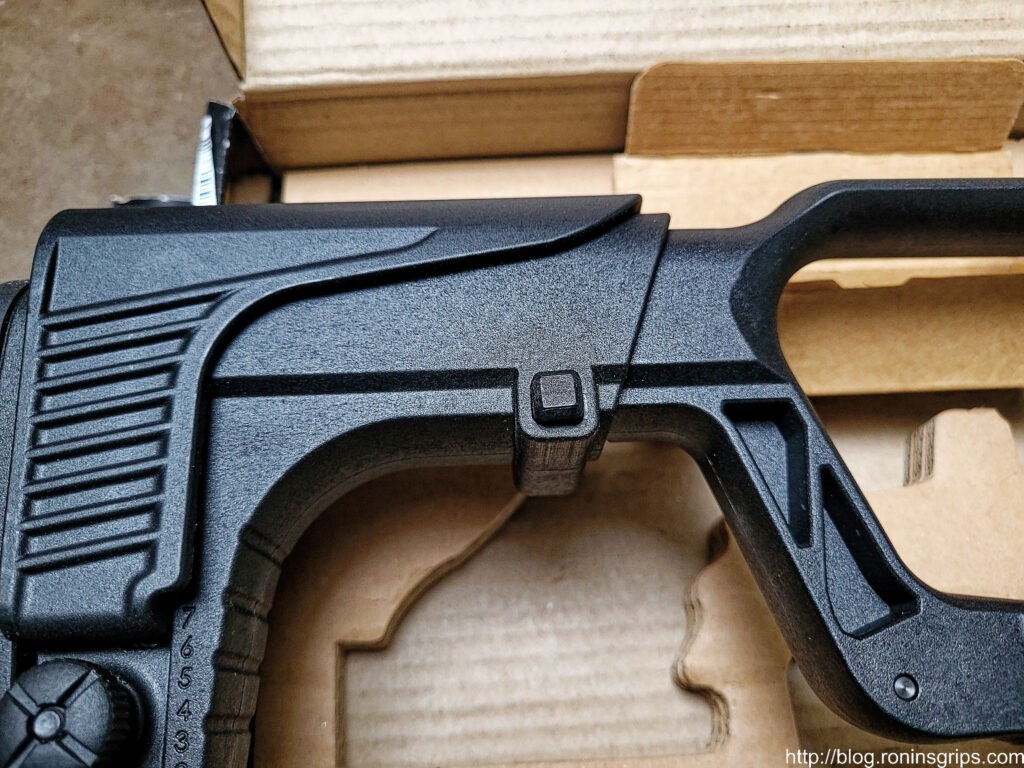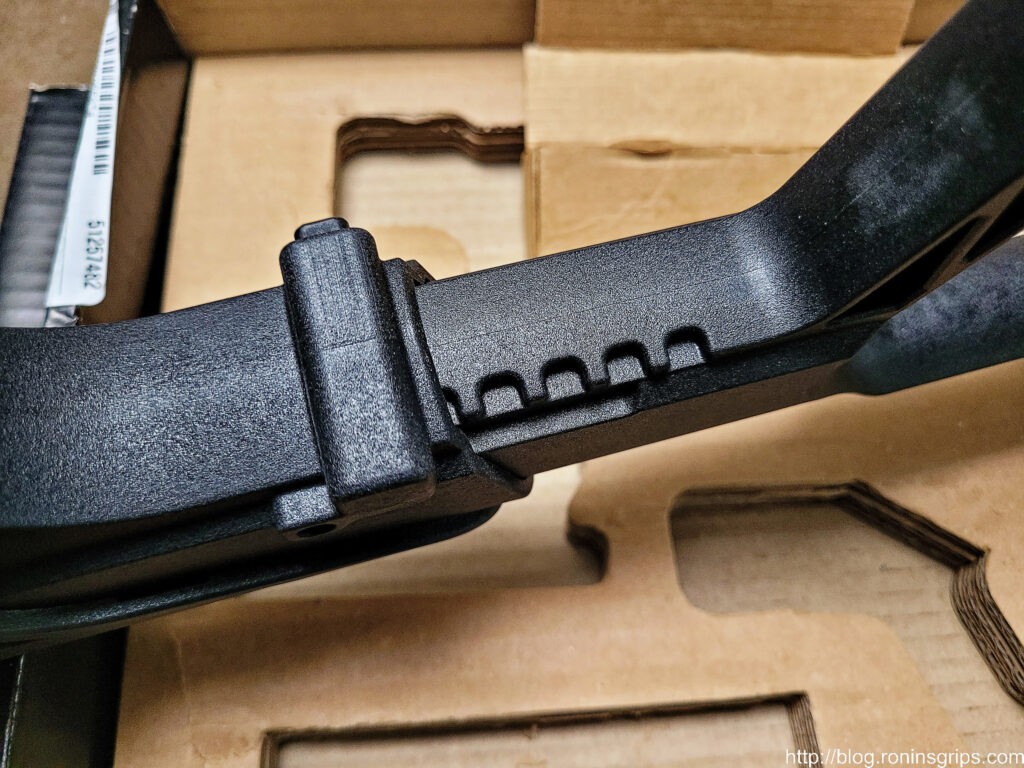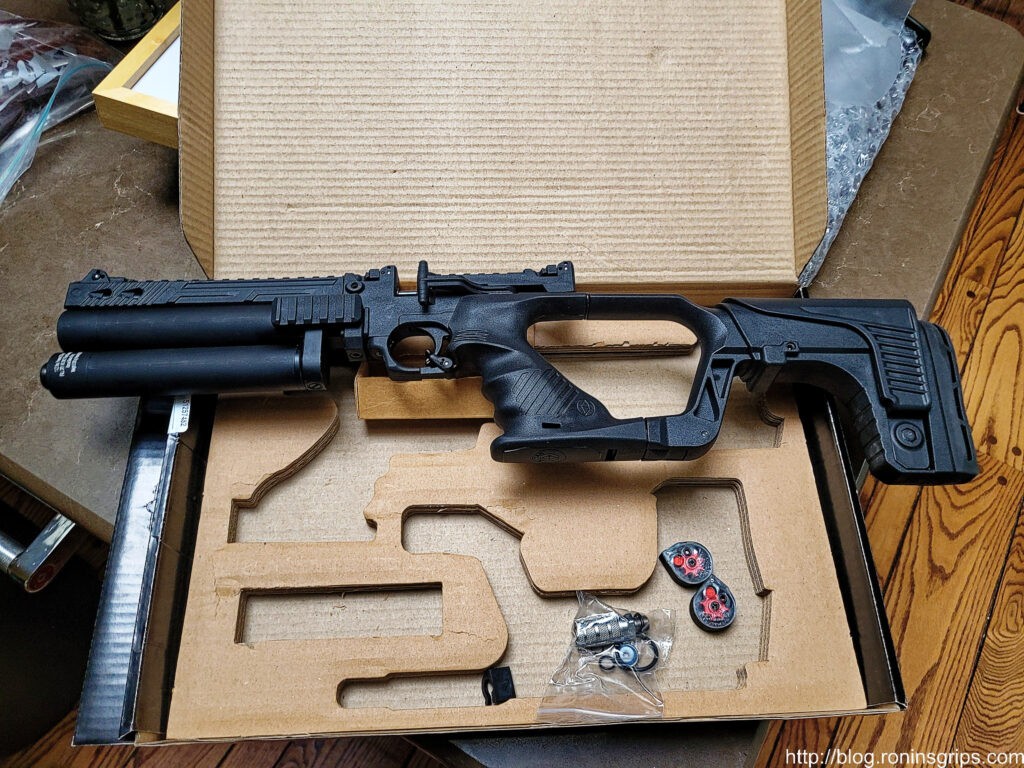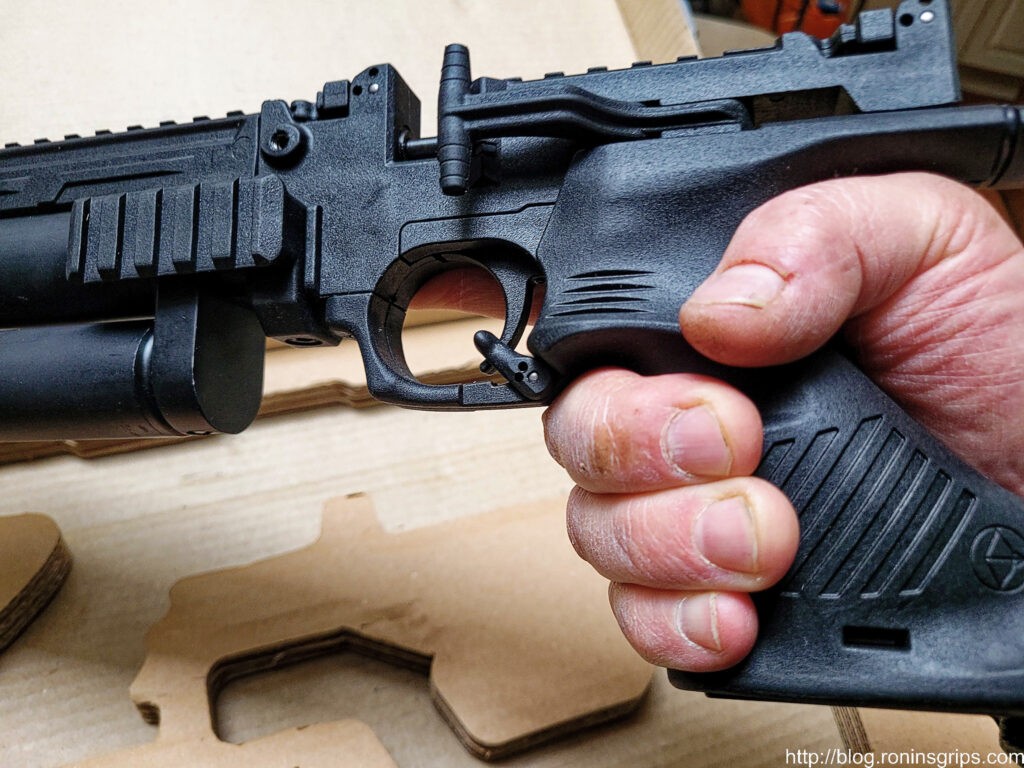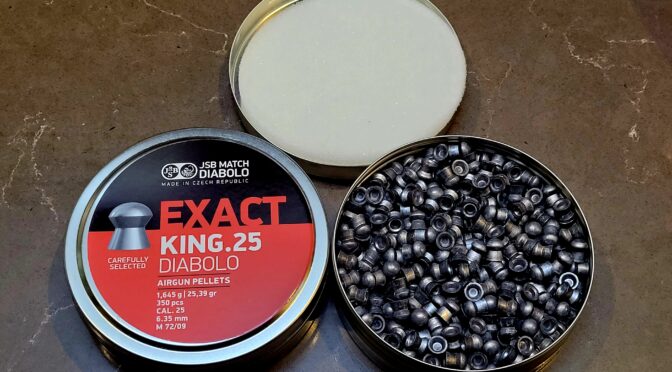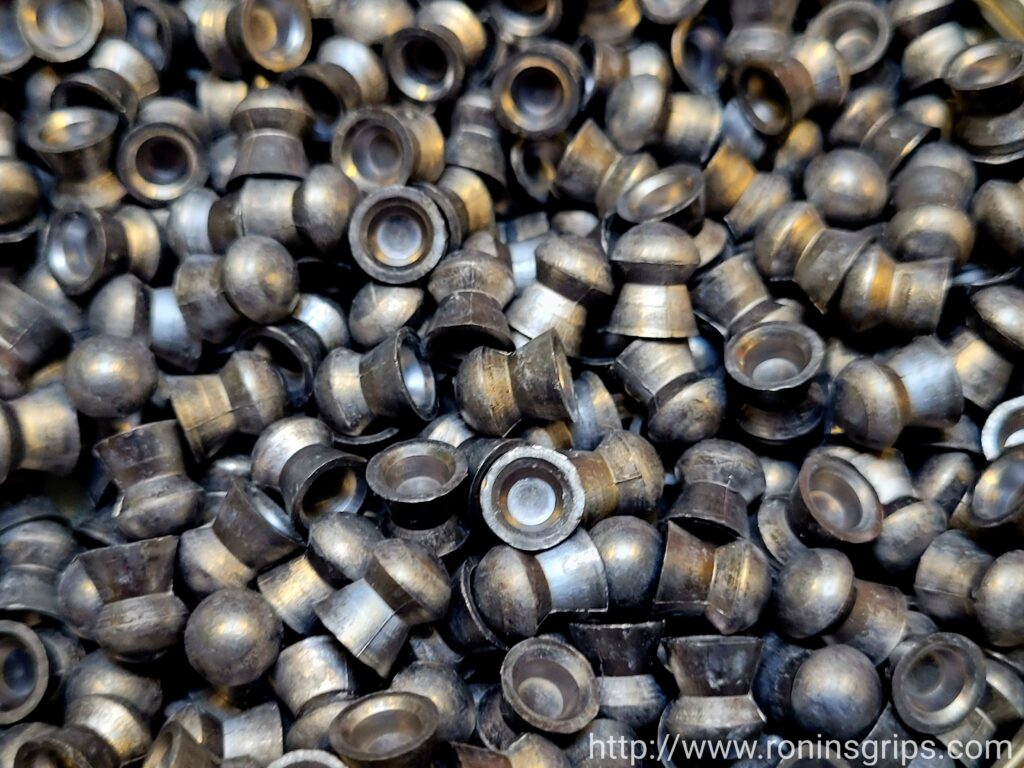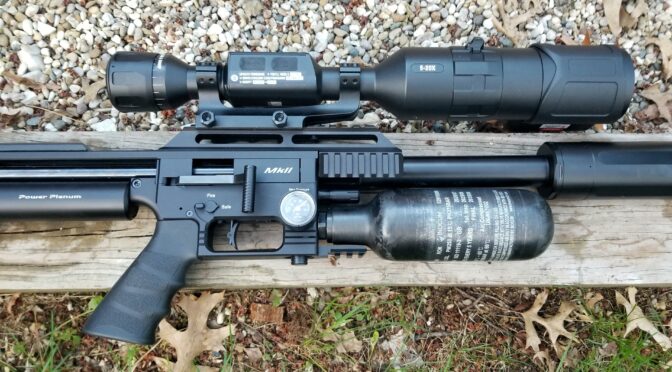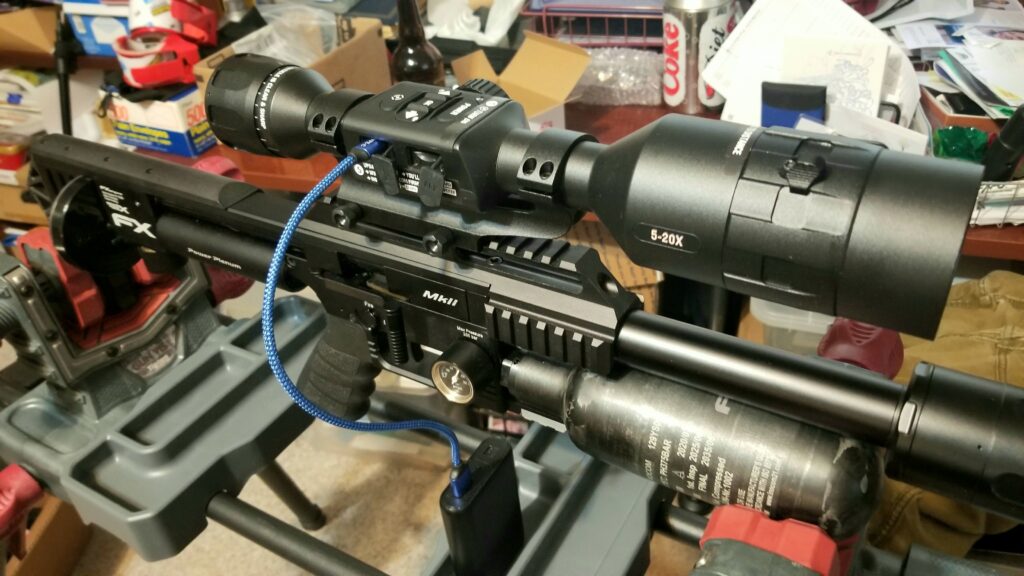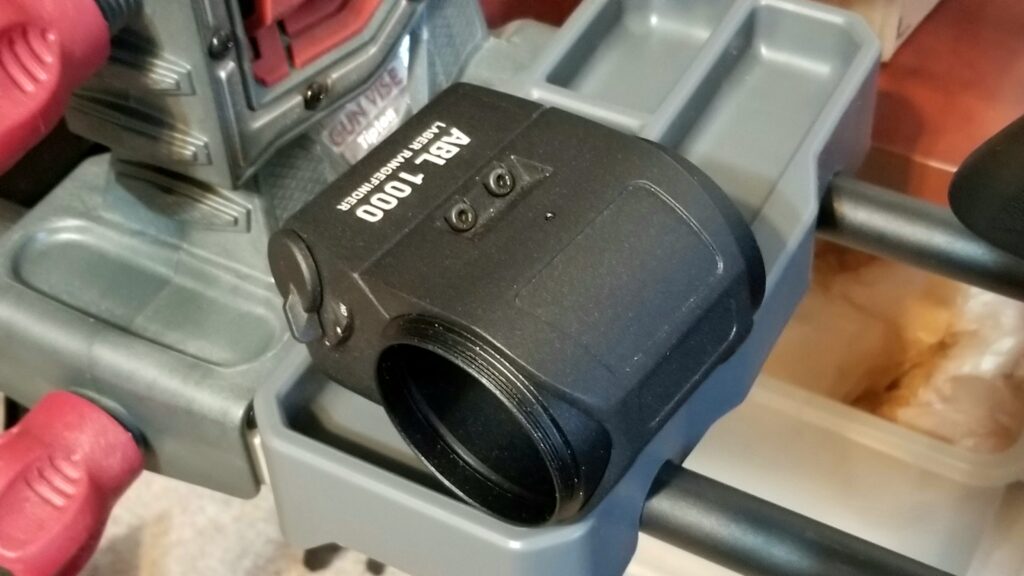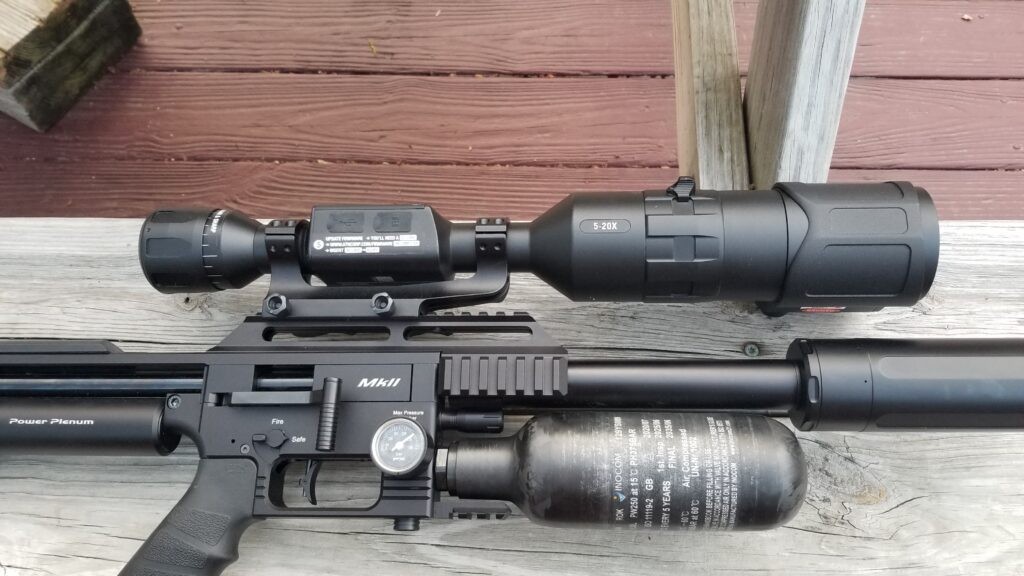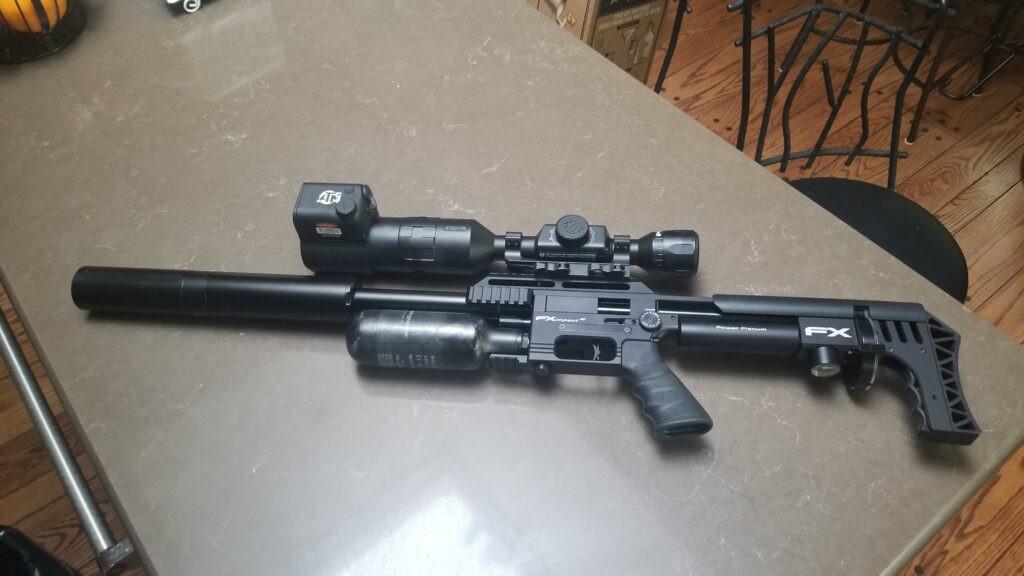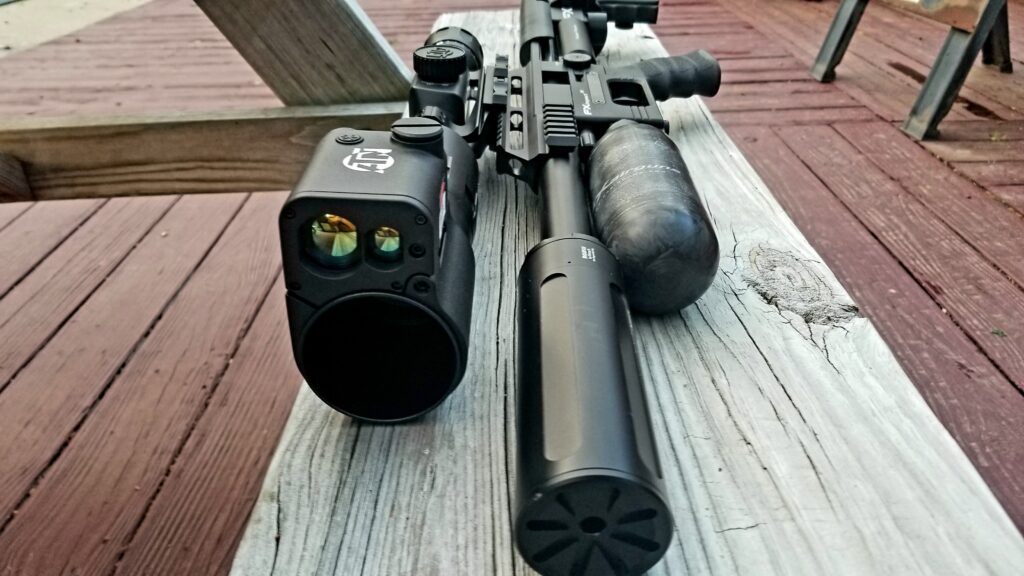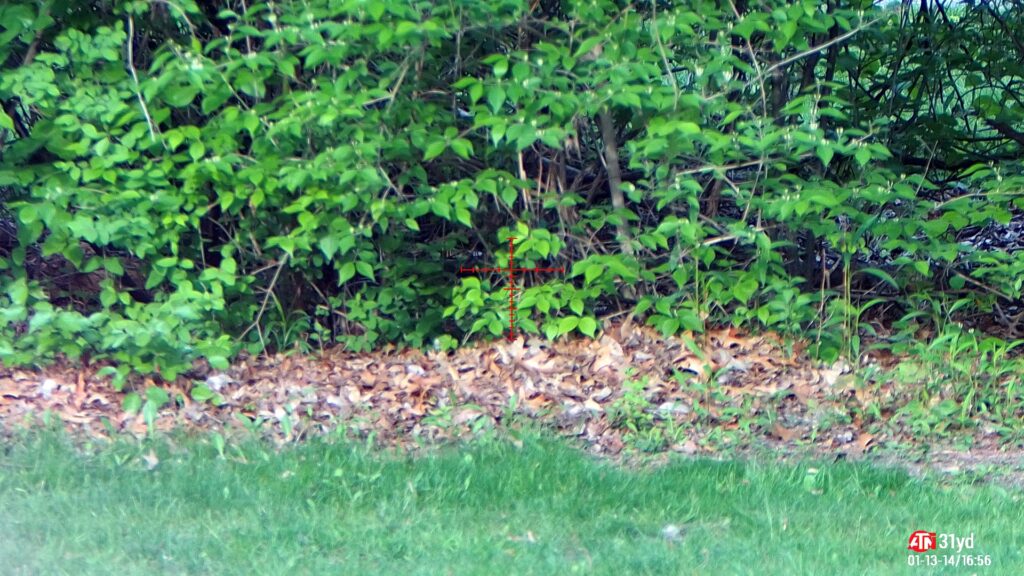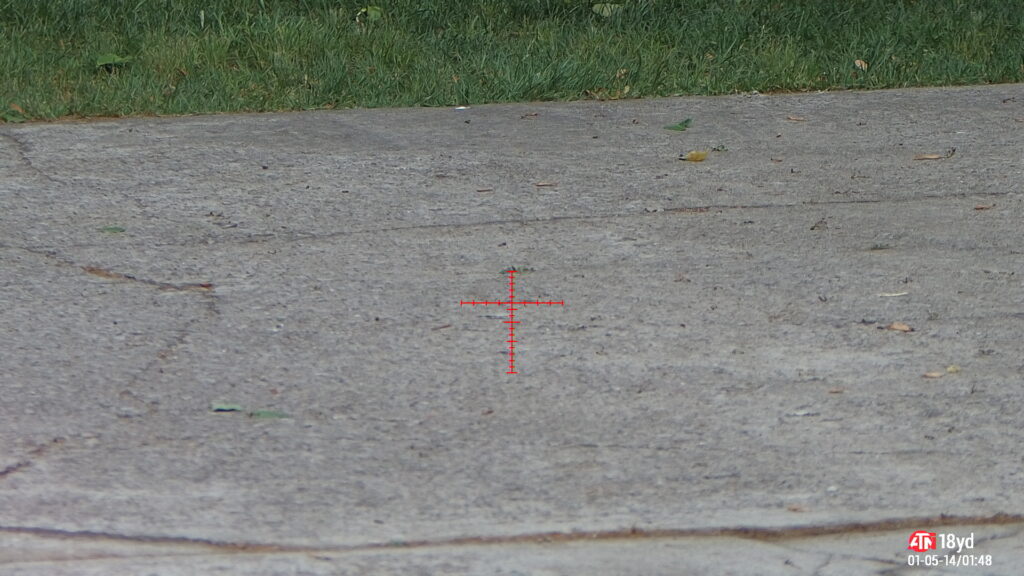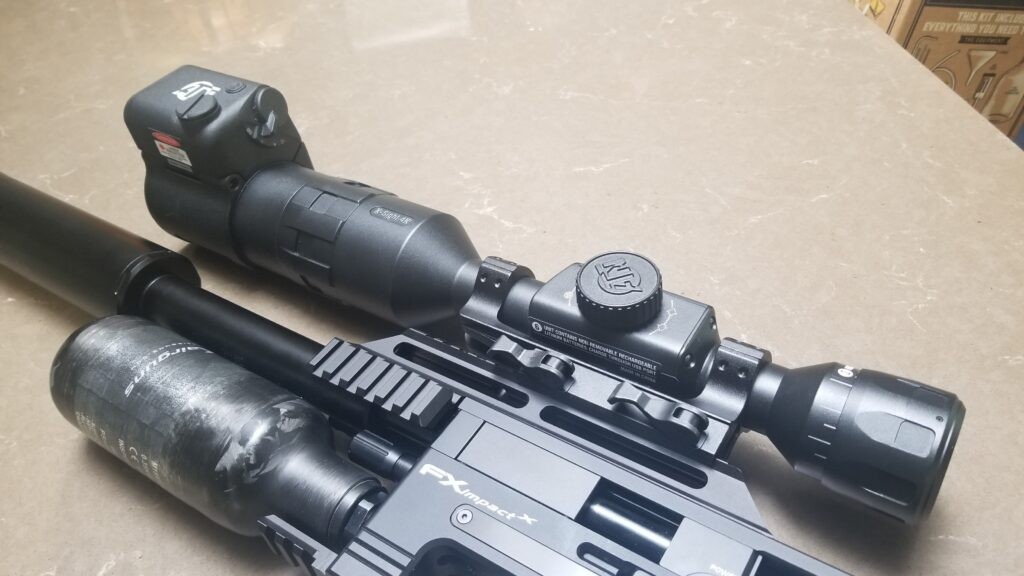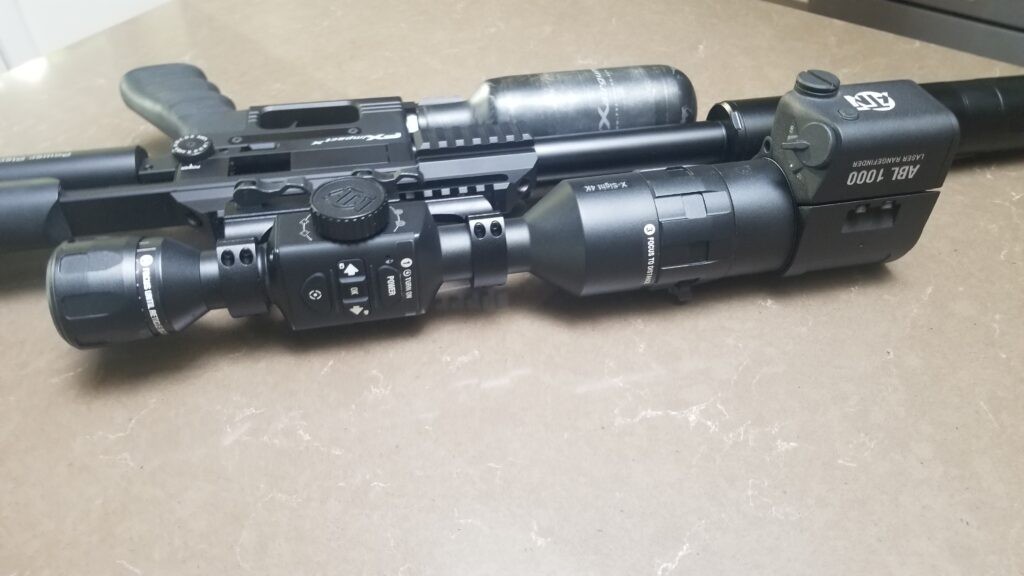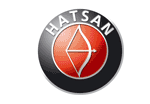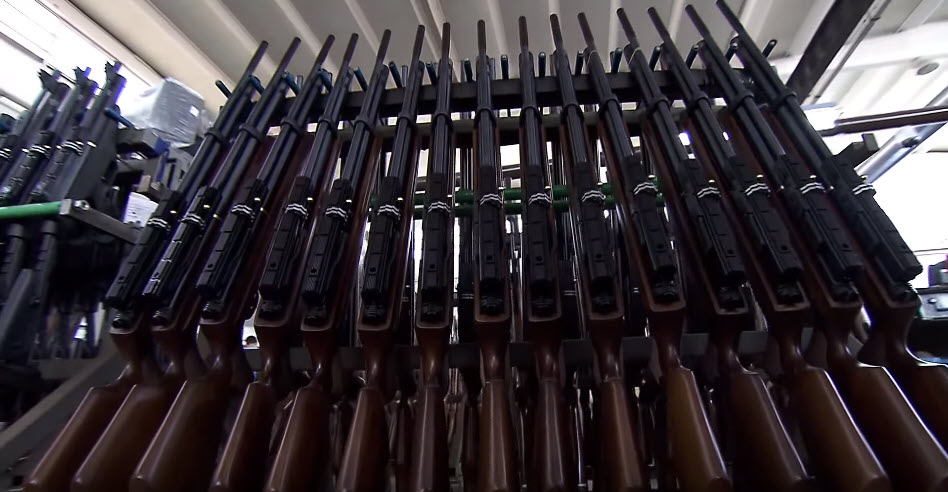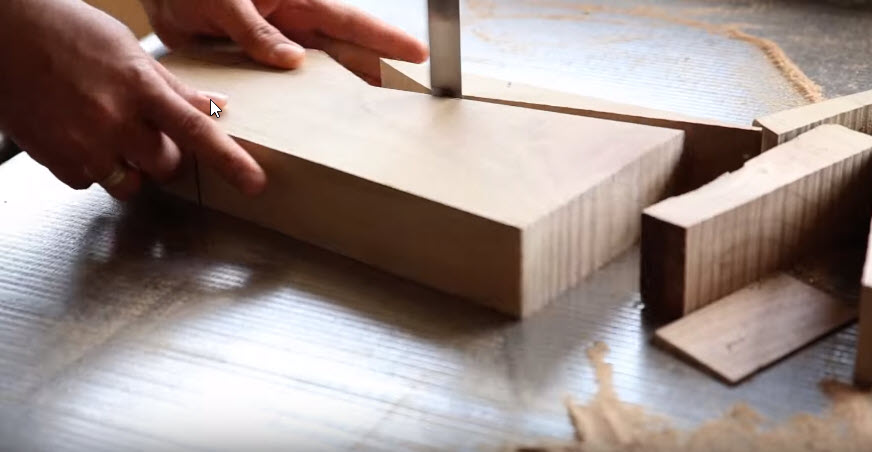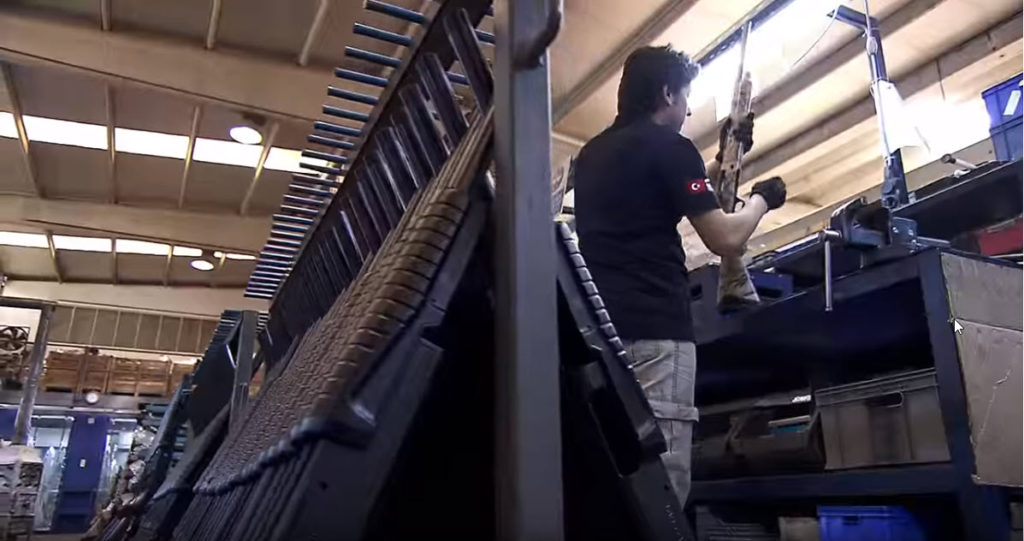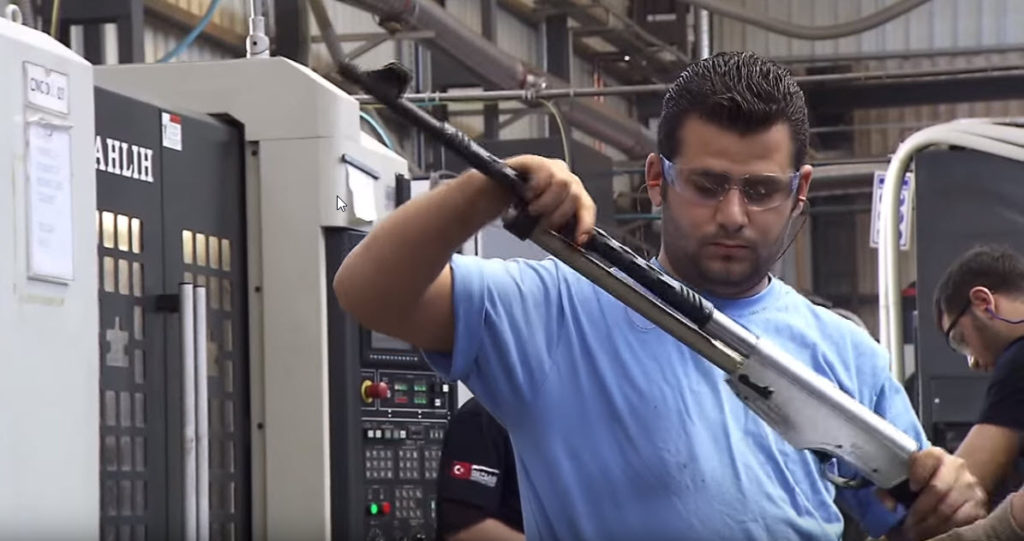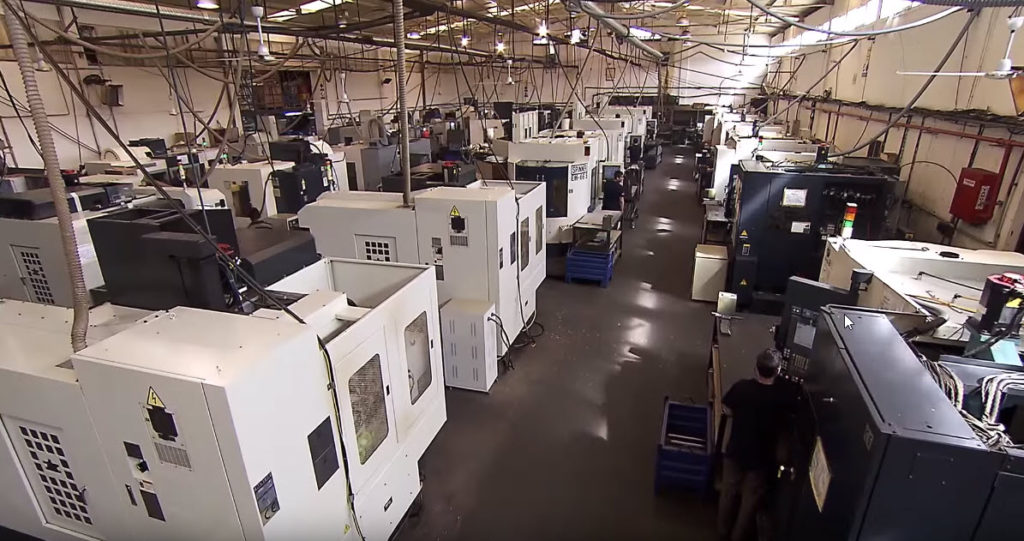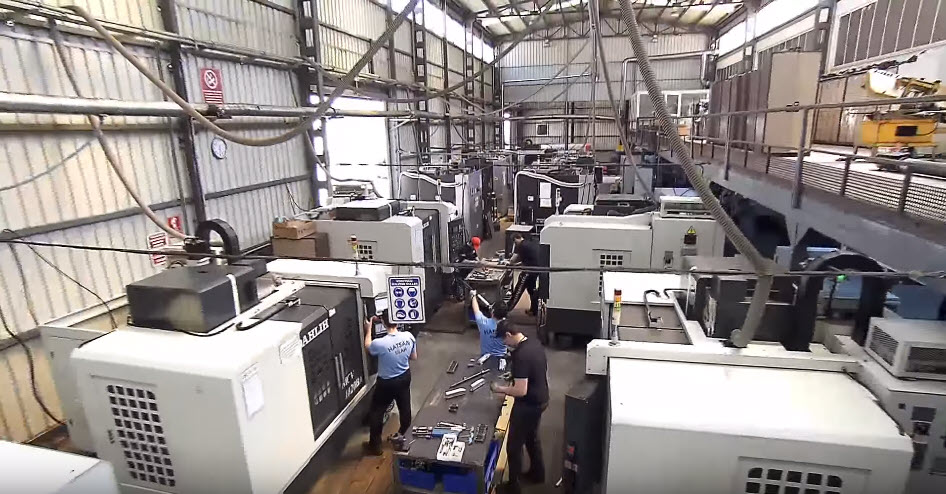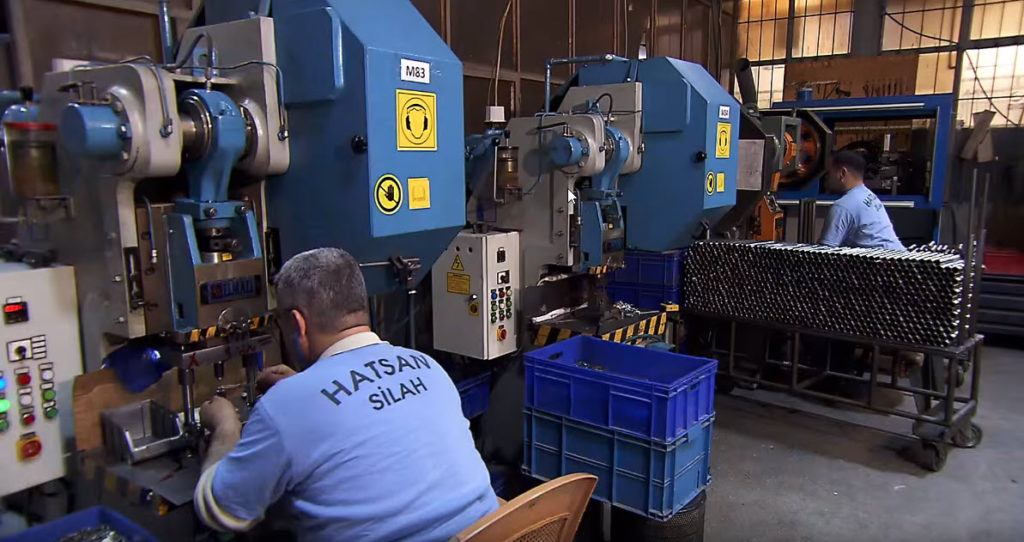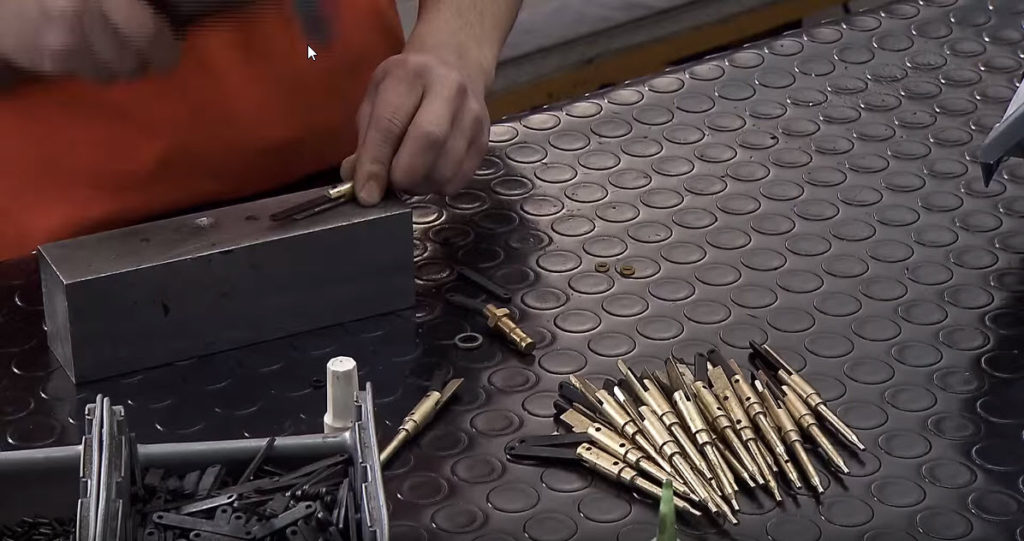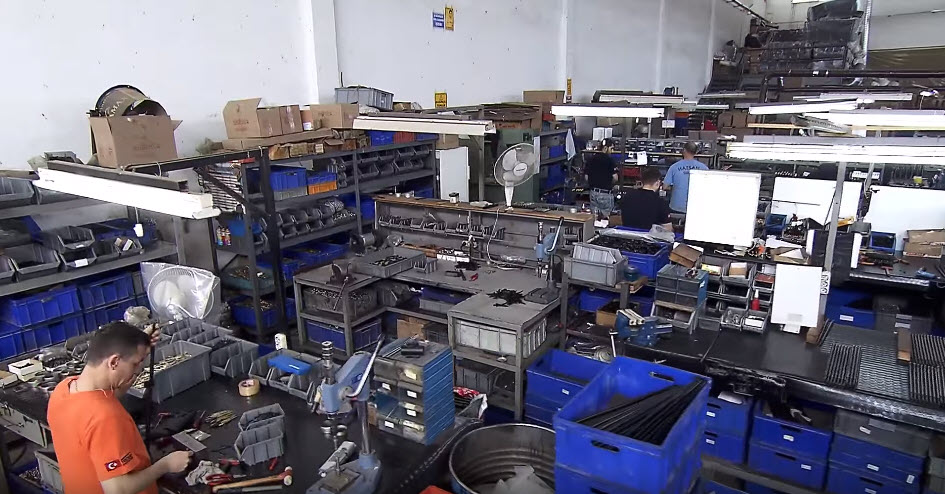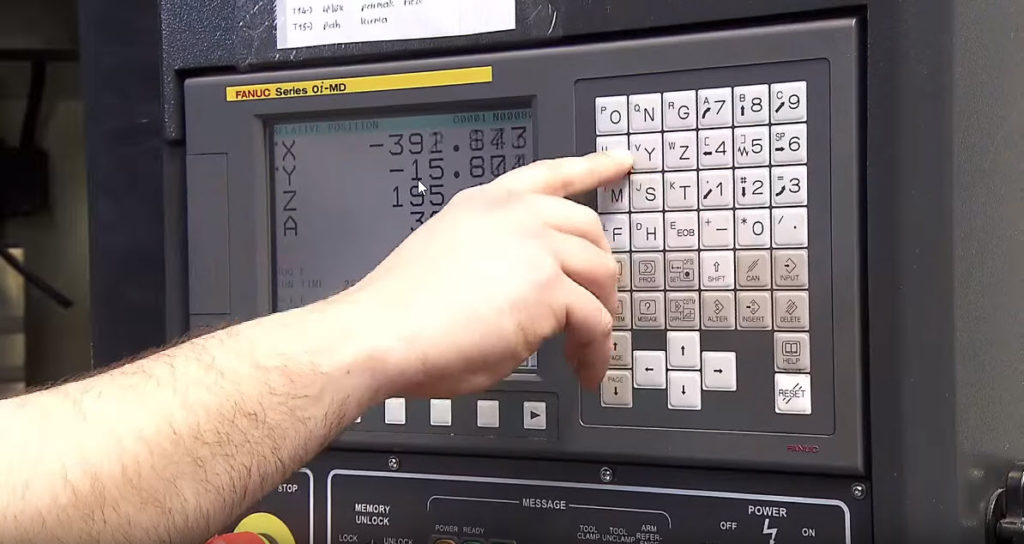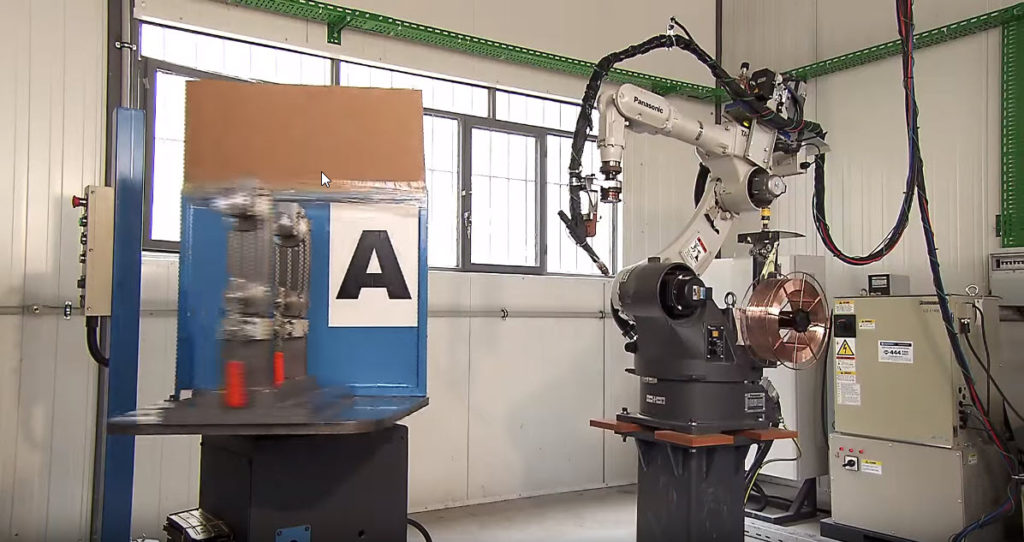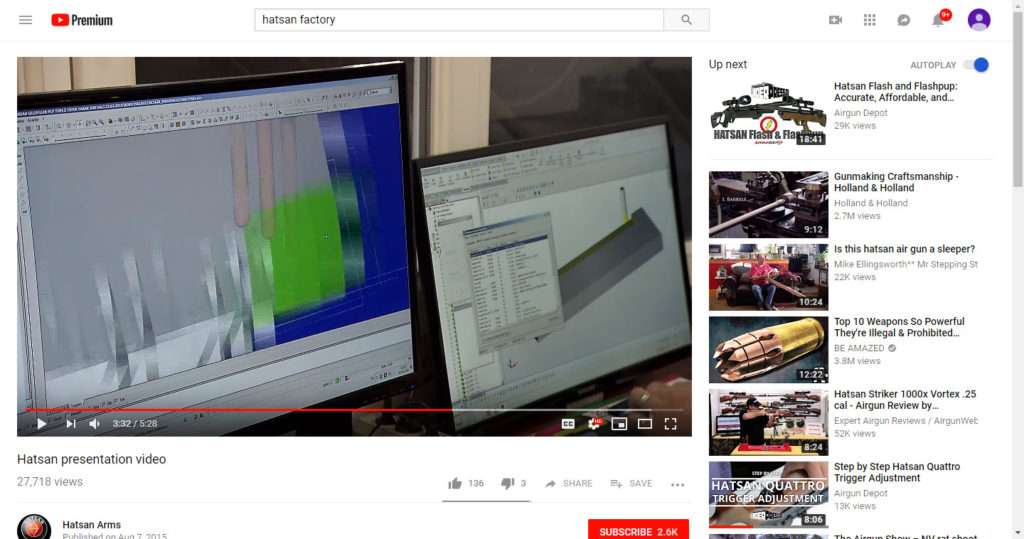Folks, in February 2023, I bought an EdGun Leshiy 2 Short Wolverine (REPR) from EdGun West. For those of you not familiar with it, the Leshiy 2 is a semi-automatic precharged pneumatic (PCP) airgun. I can sum up my feelings about it having used it for six months now in one word – “wow!” Now bear in mind, I had to buy this so you are going to get an honest review here.
I bought it for pest control with fast follow up shots in mind. When I went from single-shot pellet guns to bult-action with a magazine, that was an amazing improvement. Semi-auto thought, that’s a whole new game – your eye doesn’t even have to leave the scope and the follow-up shot is just a matter of pulling the trigger.
The Leshiy 2 is pricey but it has some amazing engineering in it and is built very nicely. Is it worth it – I’m going to say “Yes” at this point butt we need to view it as a tool and as such it excels at certain use cases but not others. So, what I want to do is to share my experiences for the last six months.
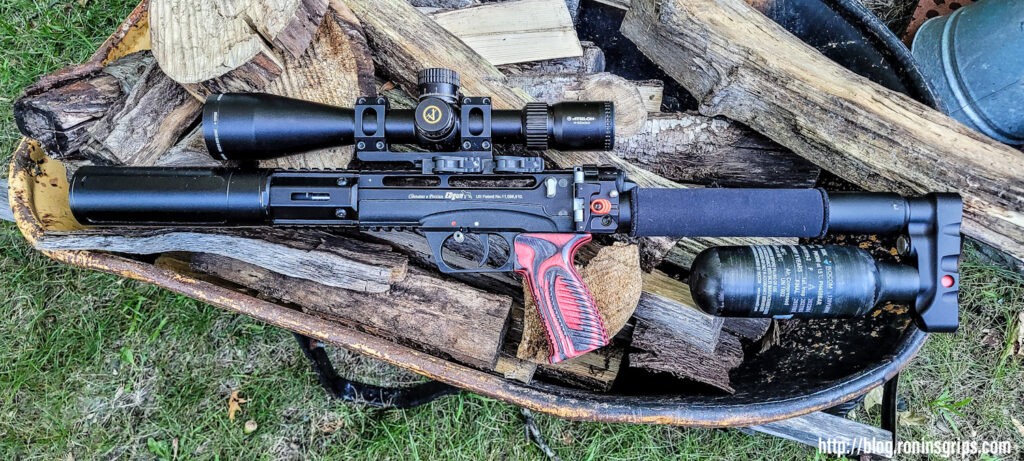
Some Background On The Leshiy 2
The airgun company “Edgun” was founded by Eduard Gafarov in Russia in 2005. His designs are unconventional and very interesting to say the least. I’ll let you Google some of his other airguns – I want to focus this article on the Leshiy 2.
The word “Leshiy” refers to a male forest spirit from pagan Russian mythology. Literally “He from the forest”. Wikipedia has more if you want to open tab to read more.
This is actually the second generation of the Leshiy. The first, which is still availble as the Leshiy Classic, is a single shot model. I first heard about the Leshiy 2 in 2021 when I was searching for a new pest control airgun and bought a FX Impact Mk. II Compact. At the time, I went with the FX because it was more affordable and I was a little bit leery of the relatively new Leshiy 2 design.
What Was My Use Case?
No tool, no firearm, no knife, no airgun does everything. You must think about your intended use – what engineers call the “use case”. You want to thing this through to aid you in your selection. If you don’t you risk buying something that doesn’t meet your needs.
For me and pest control, I needed the airgun to be:
- Quiet – this was for residential pest control and I needed the sound signature to be as low as possible so the muzzle needed to be threaded and the bore reputed to be true to the threads and vice versa. Barrels that do not have their bores centered in their barrels will risk shooting their moderator resulting in poor accuracy and damage.
- Compact – small enough to not attract attention and be maneuverable
- Accurate within 100 feet almost always – it’s very rare that I shoot further and the bulk are between 30-60 feet. I needed dime sized groups or less within 25 feet.
- Regulated – I’ve owned airguns both with and without regulators. If you want accuracy and consistency, then you really need a regulator that keeps the pressure relatively constant until the pressure in the onboard tank dips below the relator’s set limit.
- Semi-Auto – I wanted a fast follow up shot but didn’t want to worry about batteries. I just didn’t see the point of full-auto unless playing around and this was for work.
- Magazine Fed – I wanted an airgun where the magazines could be replaced when empty. Not all airgun designs support this.
- Reliable – I needed an airgun I could count on that wouldn’t be jamming constantly.
- Air Capacity – I am busy so filling up an onboard tank or reservoir isn’t in the top 500 task list of things I need to do so I wanted it to go at least 30-40 rounds before I needed to refill it.
- Stopping Power – the targeted pests were mainly tree squirrels and ground squirrels. Anything bigger and I will get out my .25 FX Impact. This was a big deal for me. I didn’t want the constant over penetration I encountered with my .25 but I was also fearful that .177 might not hit hard enough so I went back to .22 caliber for this one.
For me the first three are critical and I call them my QCA criteria – Quiet, Compact and Accurate. Unless I have have a use case that requires a 100 yard airgun, I will view QCA as mandatory table stakes. If an airgun doesn’t have those three then they are not in the running.
In reading and watching reviews, it appeared that the Leshiy 2 more than met my needs. Given the Leshiy 2’s modularity, I could change it as my needs change. If I decided I wanted a different length of barrel or caliber, I could change the set up.
I Decided To Buy One
At the time, there weren’t many vendors carrying the Leshiy 2 and I had a bunch of questions so I talked to Brian Meckler at Edgun West. He talked me through the options.
One thing though – I already had one of the Behemoth moderators so they had basically assembled one of their Leshiy 2 Short Wolverine models with the REPR valve but without the Behemoth. I made it almost 9 whole days until I decided I needed the larger carbon fiber air cylinder and a spare parts kit called “The Drivetrain”.
I’d also ordered in an American Defense AD-Recon-30-STD scope mount. Folks, I pretty much swear by American Defense now. Their mounts are solid as a rock, repeatable zero and the quick release levers are superb. Take an AD mount and put it side by side with a cheap one – you’ll see what I mean real quick.
As time has past, the best way I can describe it is that airgun scopes are kind of odd ducks. Guys using them are way, way closer to their targets than a firearm shooter, need an adjustable objective that goes down to 10 yard/10 meters, and has quite a bit of elevation adjustment. I also like having an illuminated reticle for shooting pests in low light. Lastly, we want a lot of magnification with clear glass to shoot at relatively small targets.
For an optic, I went out on a limb and tried a new brand – Athlon. I spent some time reading on the airgun forums and their Midas Tac HD 6-24×50 scope seemed to have the features that I wanted at a price I could afford – I bought it for $650 off Amazon.
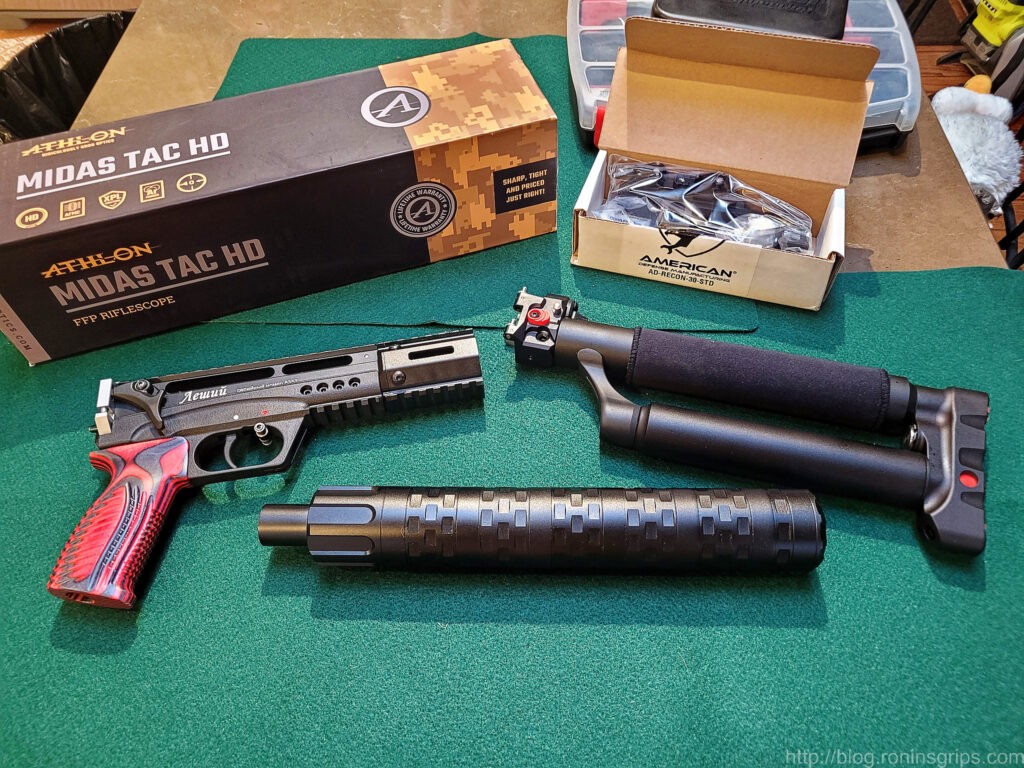
So, the big day arrived and I had all of the parts – the next post will get into assembly. Everything was going well up to this point and the next post will get into assembly.
I do want to share something a bit out of sequence with the story – the Midas Tac was dead on arrival butI didn’t find this out until testing. I’m mentioning this early because I don’t want somebody rushing out and buying a Midas after just reading the above. In digging deeper on the Athlon line, I read comparisons of the Midas vs the Helos BTR Gen 2. Thanks to Amazon customer service, I returned the Midas Tac and changed to an Athlon Helos BTR Gen 2 4-20×50 that I am happy with and am still running just over six months later.
Summary
Without a doubt, the Edgun Leshiy 2 is a novel airgun and one I like – I’ll tell you that right up front. I did learn a few things along the journey that I will share over the course of a few blog posts and the next one will be about assembling carbine.
Note, I have to buy all of my parts – nothing here was paid for by sponsors, etc. I do make a small amount if you click on an ad and buy something but that is it. You’re getting my real opinion on stuff.
If you find this post useful, please share the link on Facebook, with your friends, etc. Your support is much appreciated and if you have any feedback, please email me at in**@*********ps.com. Please note that for links to other websites, we are only paid if there is an affiliate program such as Avantlink, Impact, Amazon and eBay and only if you purchase something. If you’d like to directly contribute towards our continued reporting, please visit our funding page.
